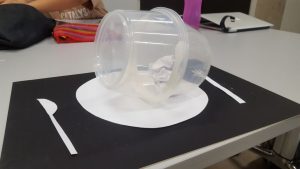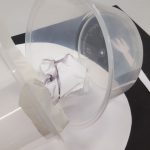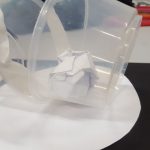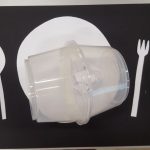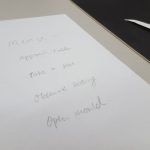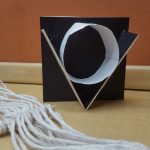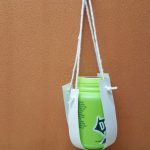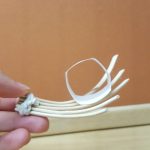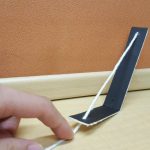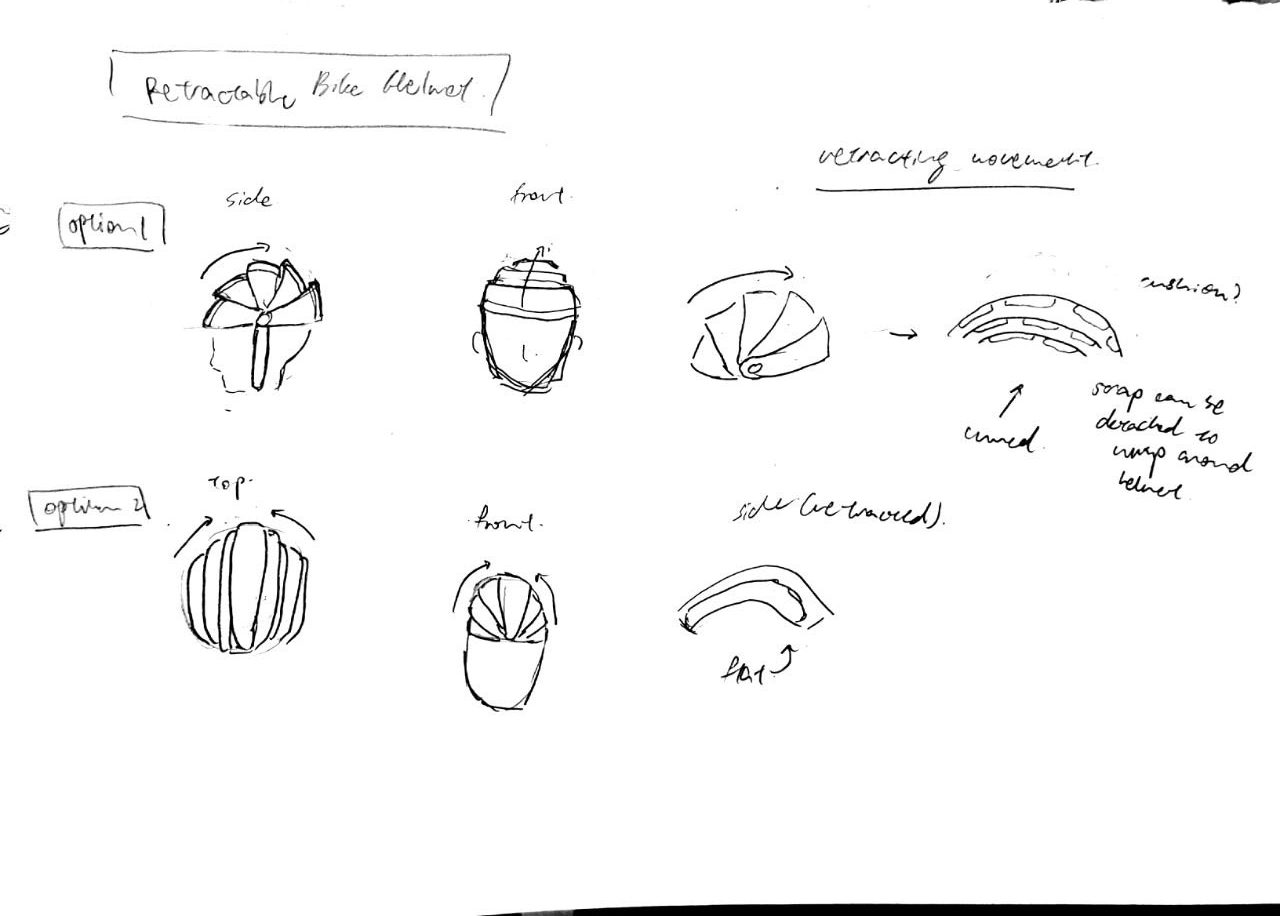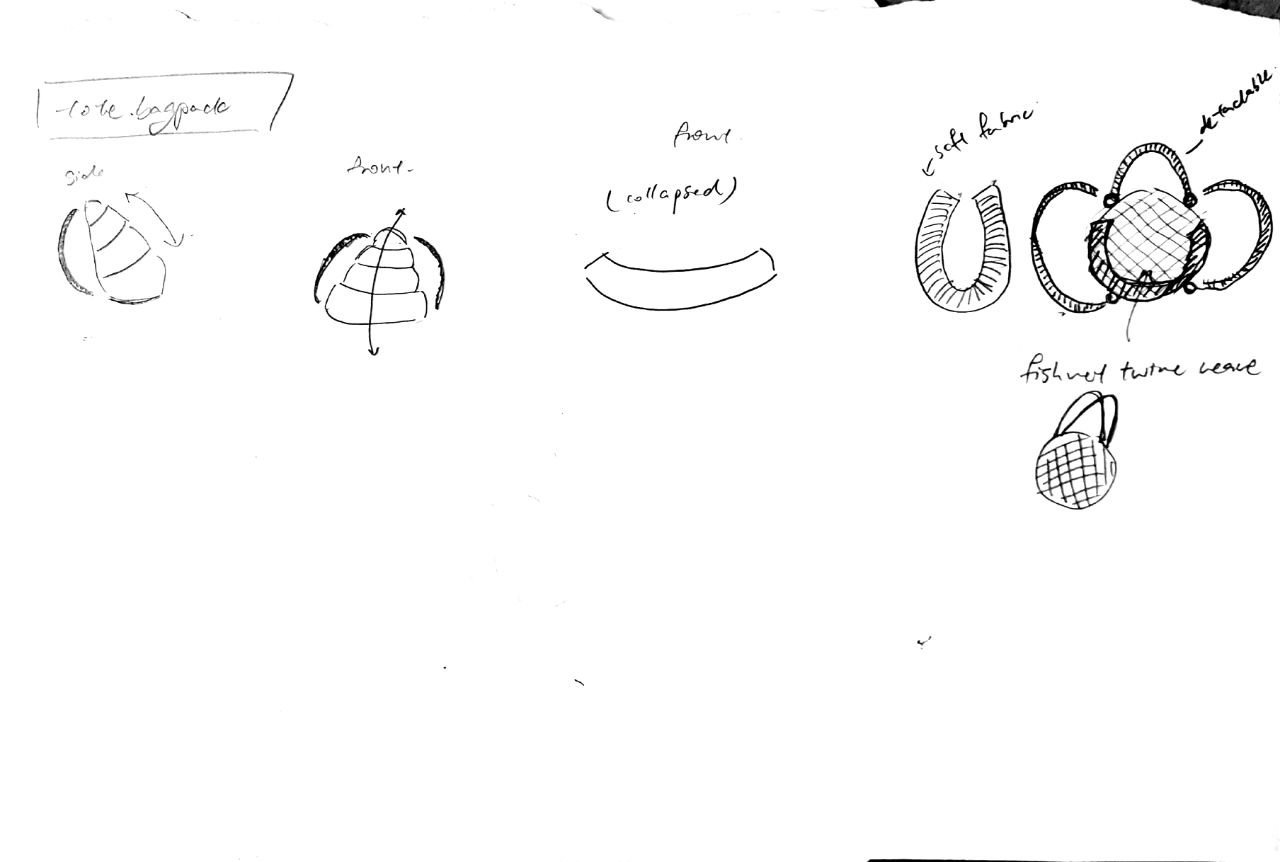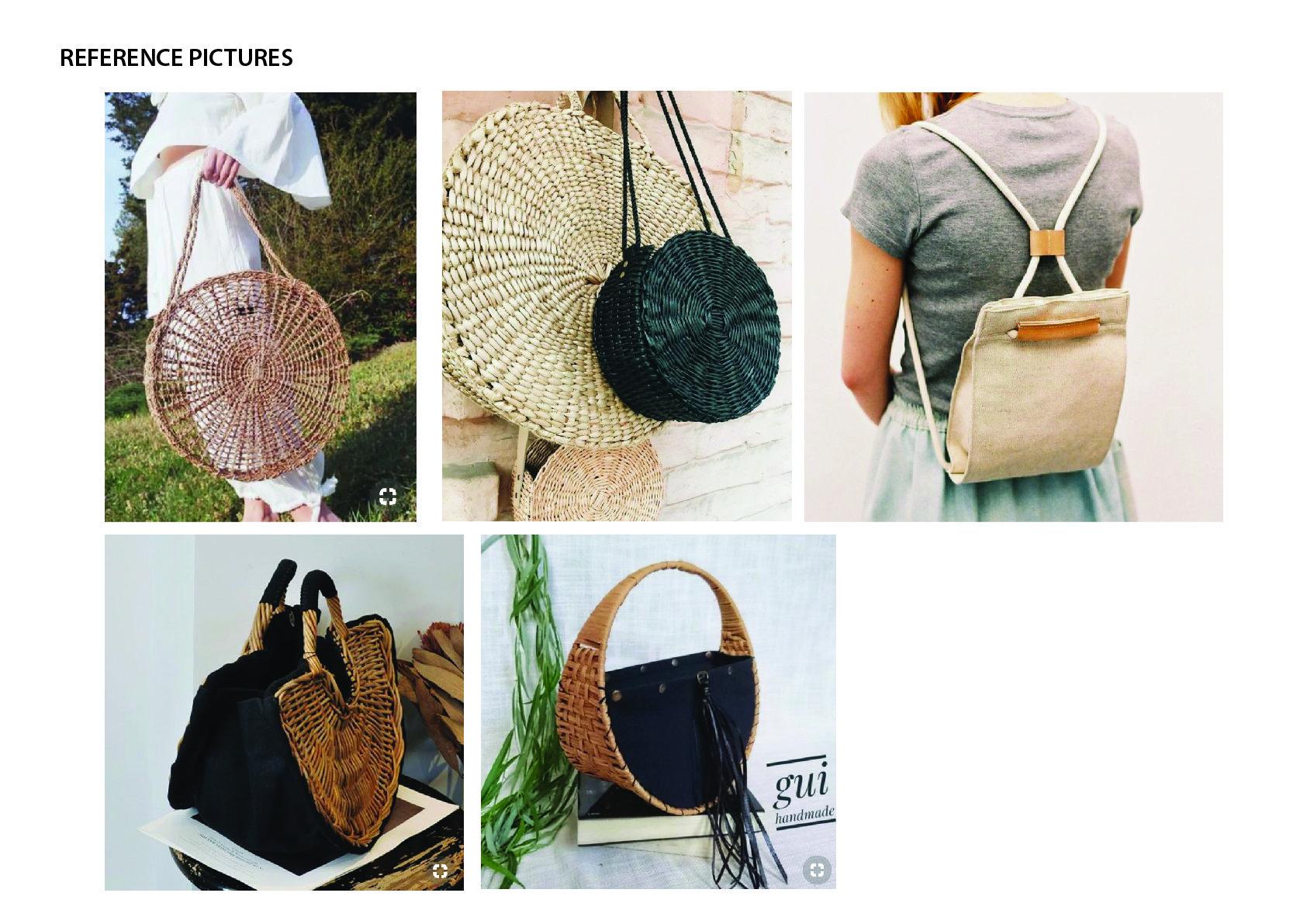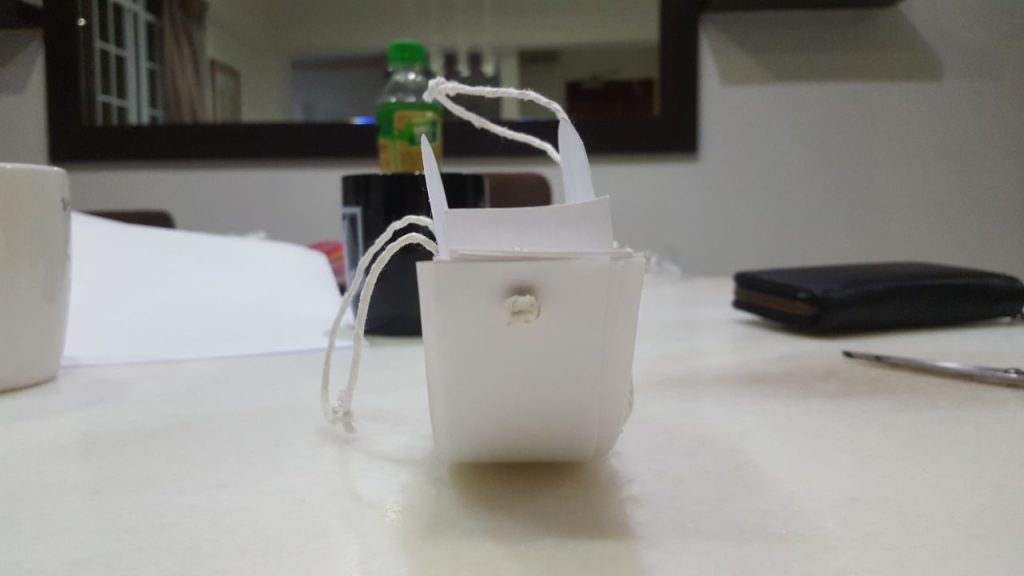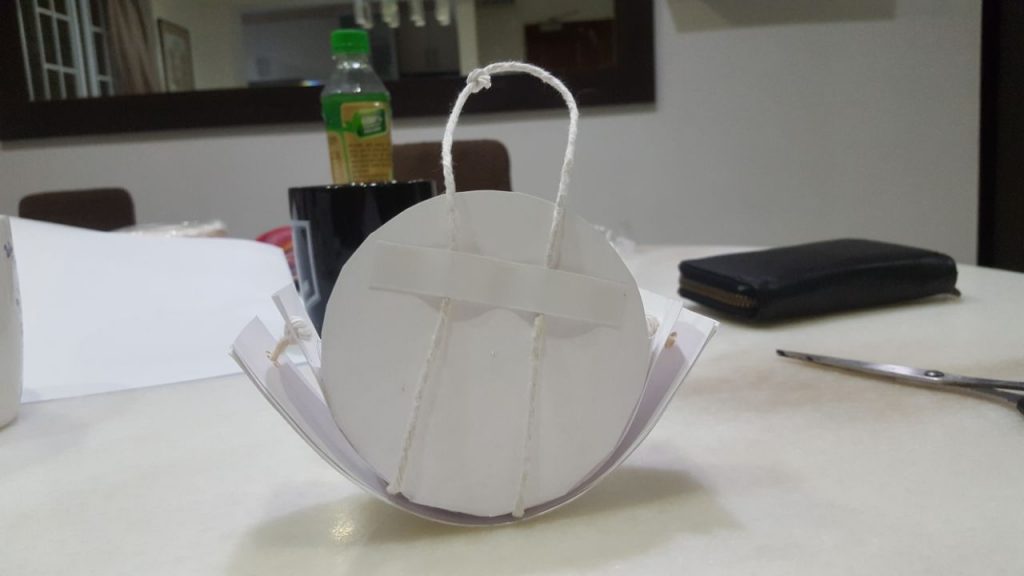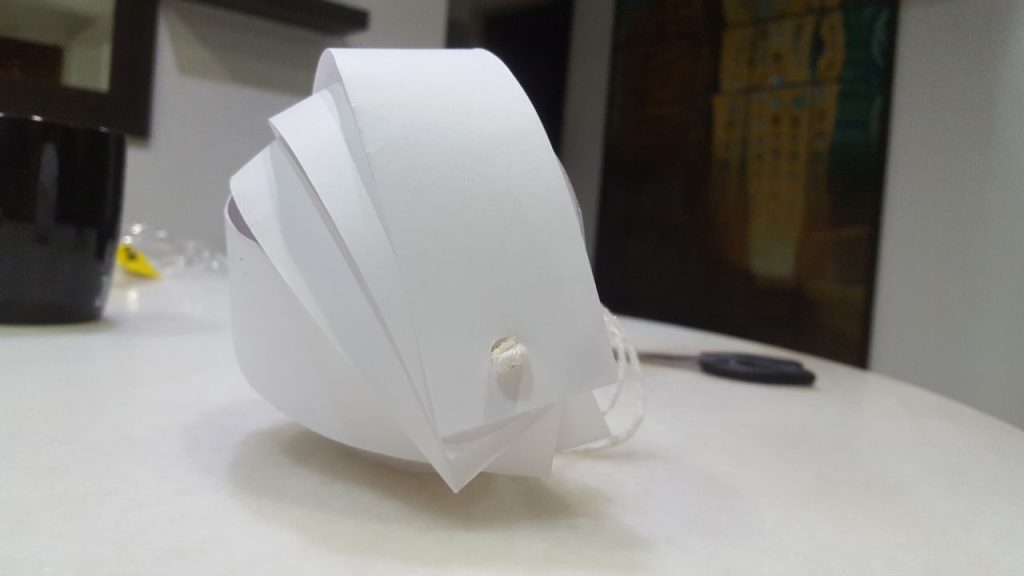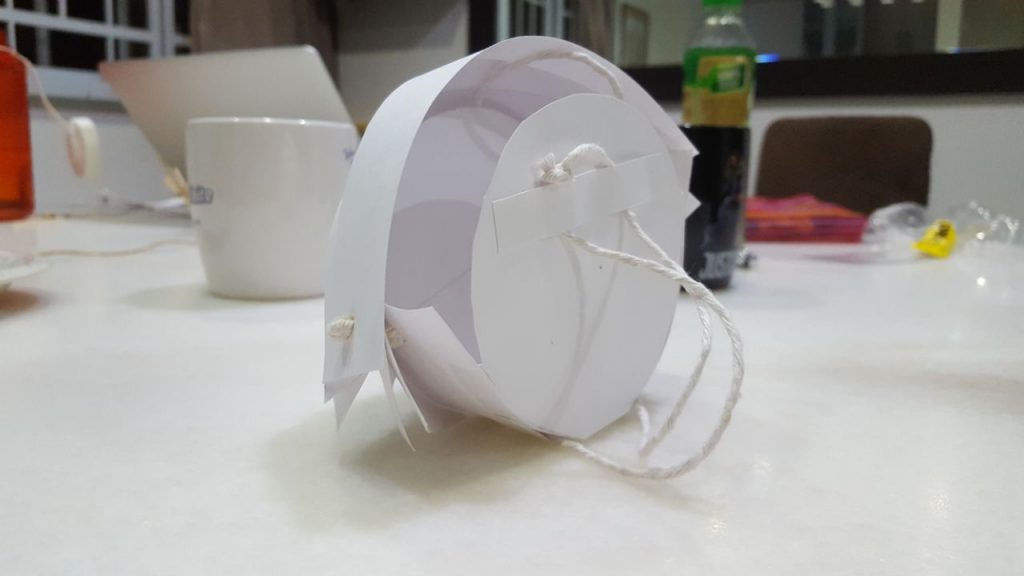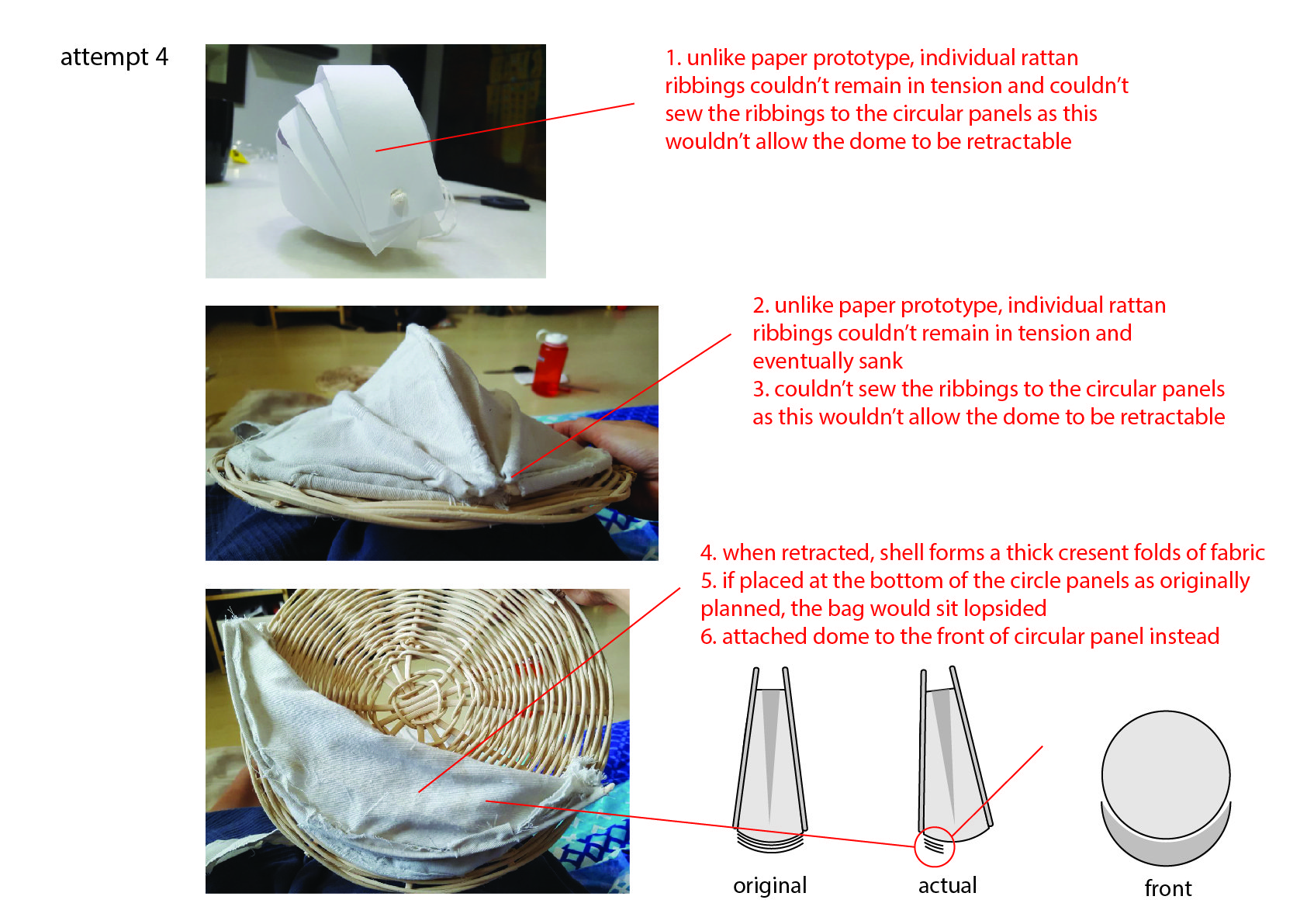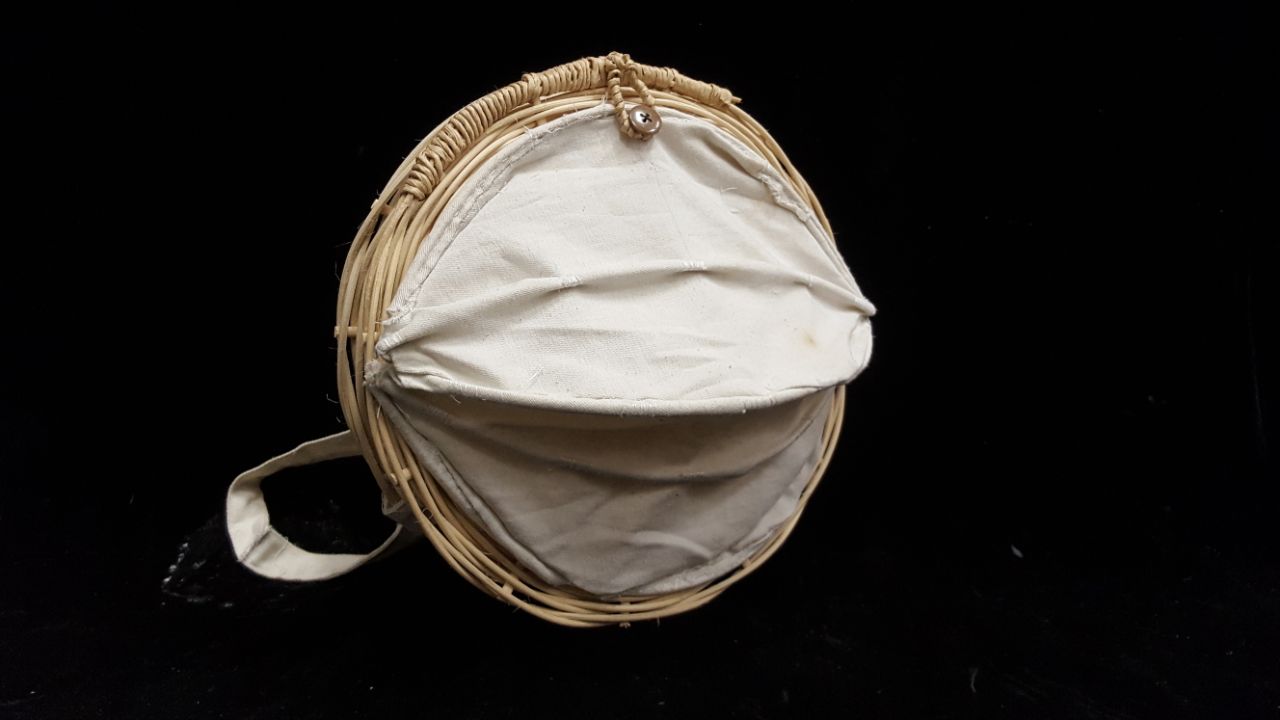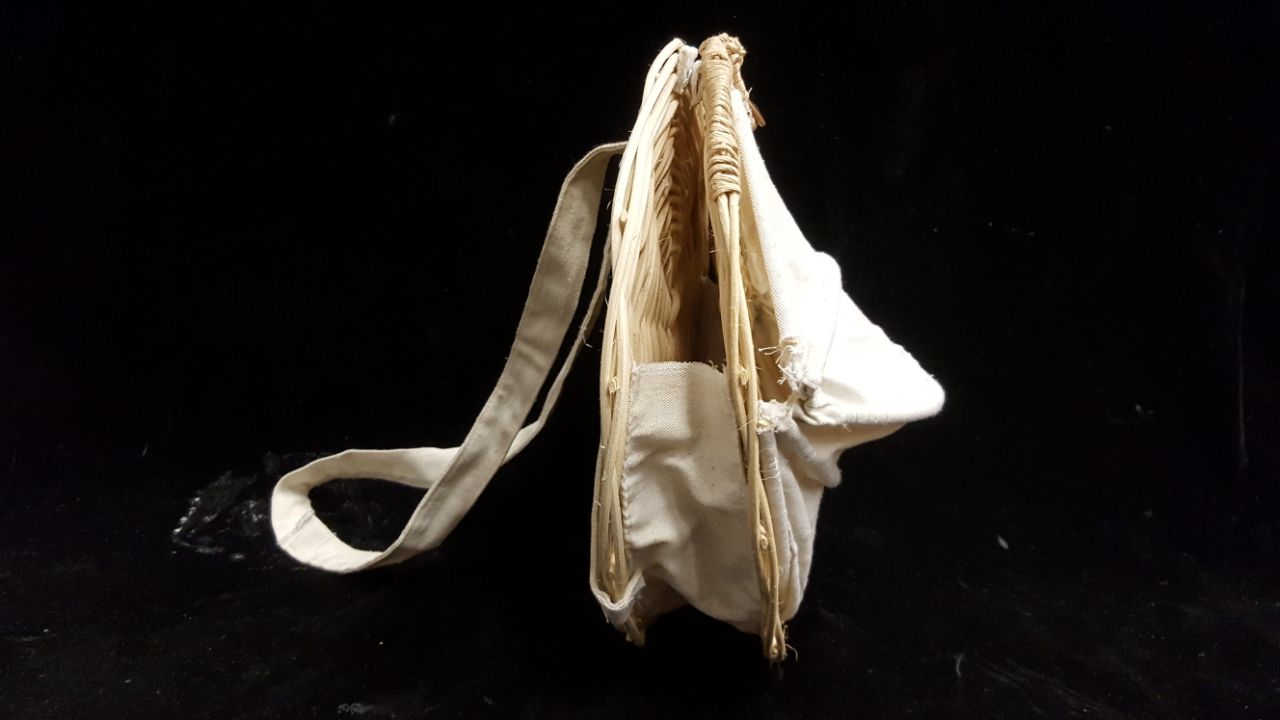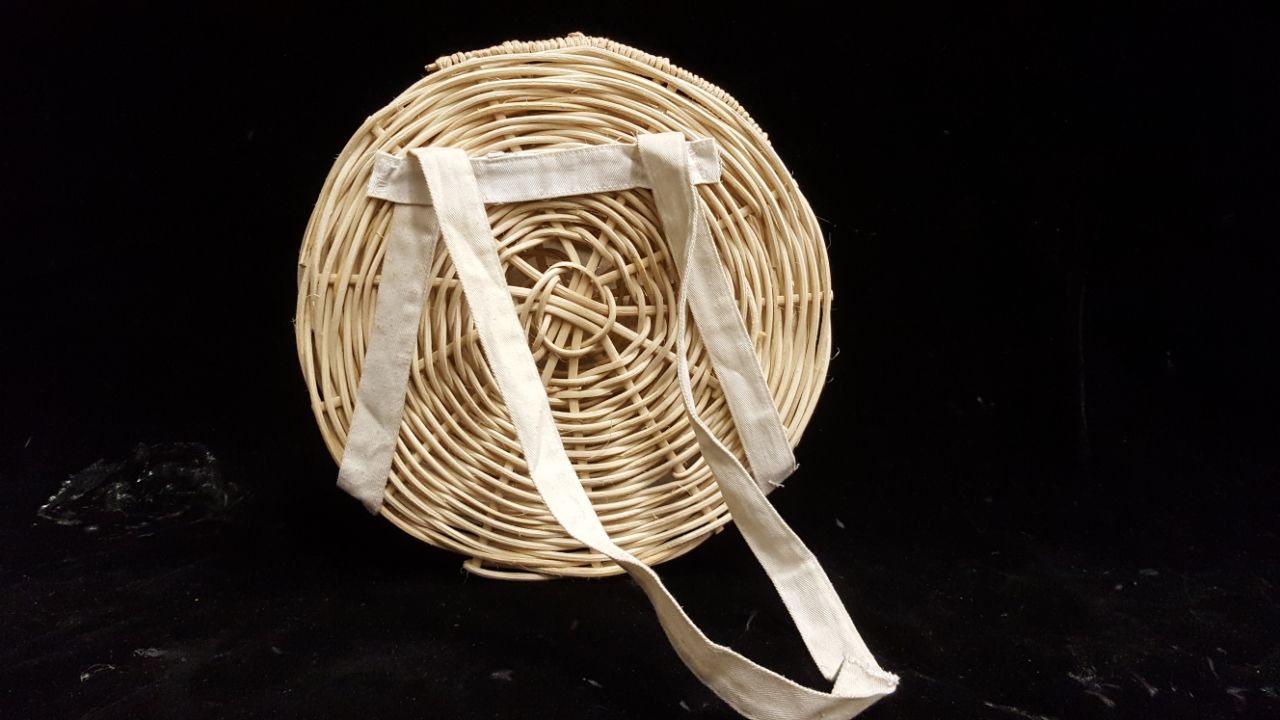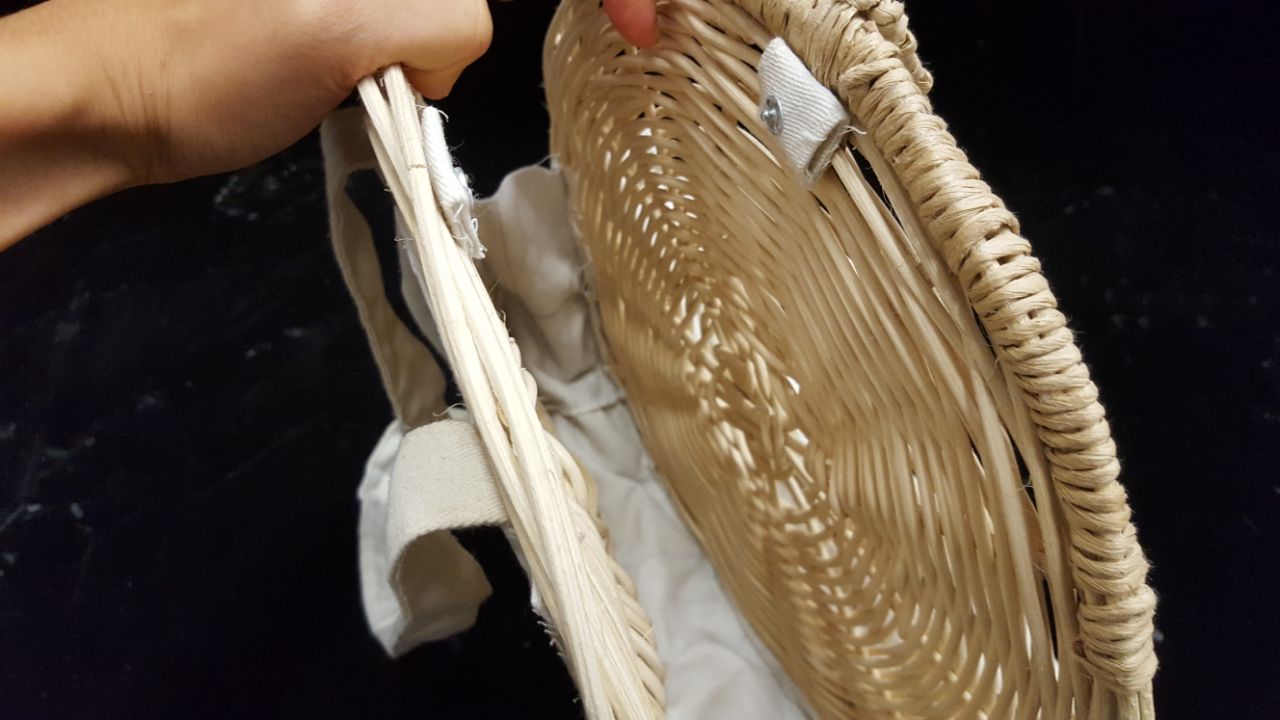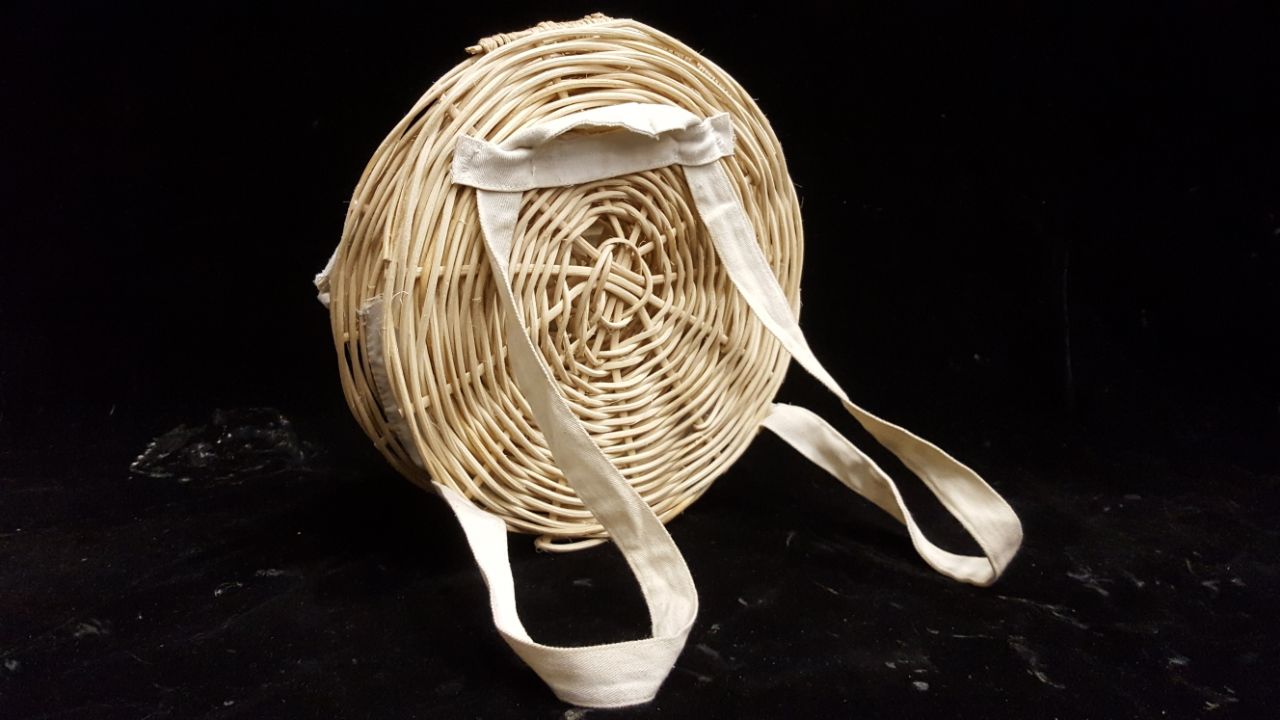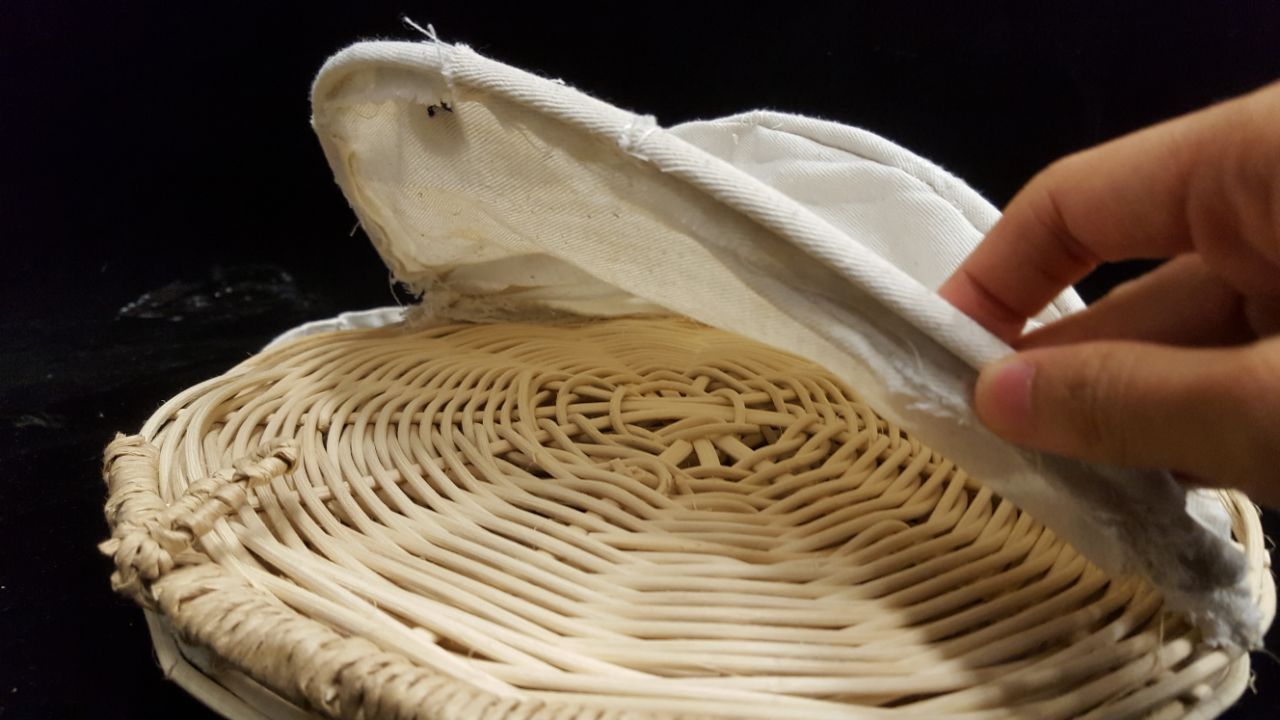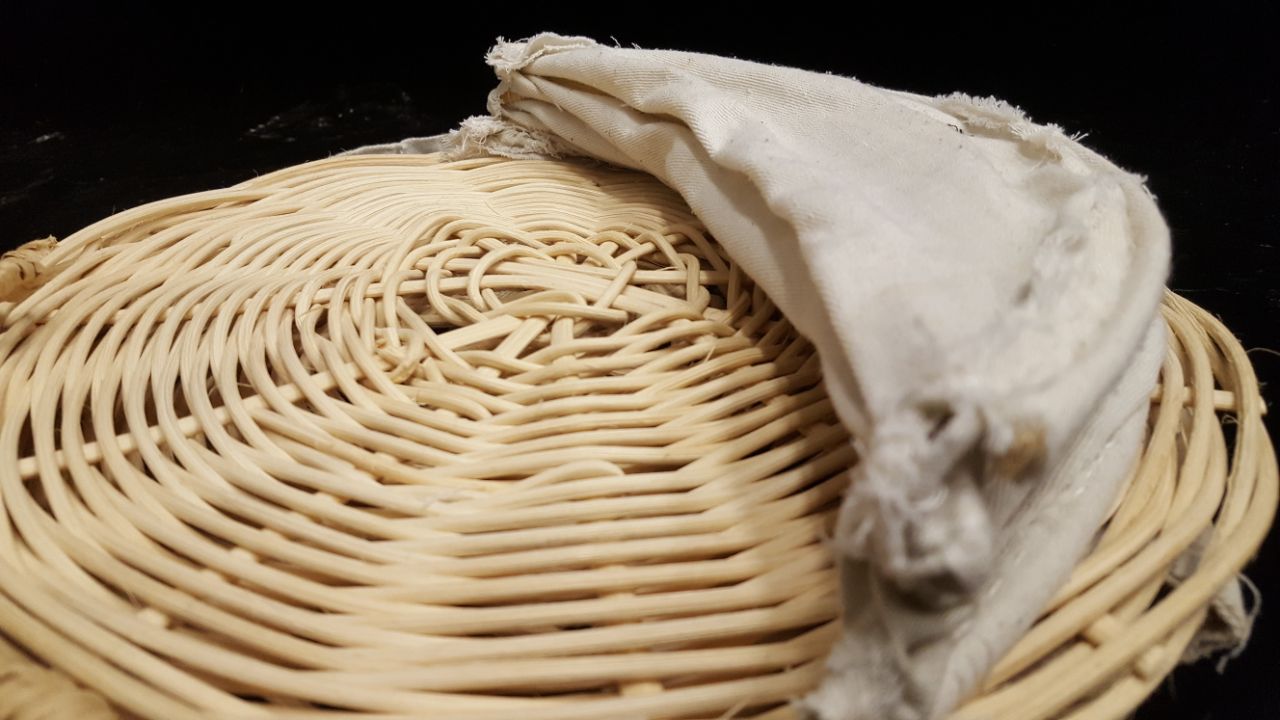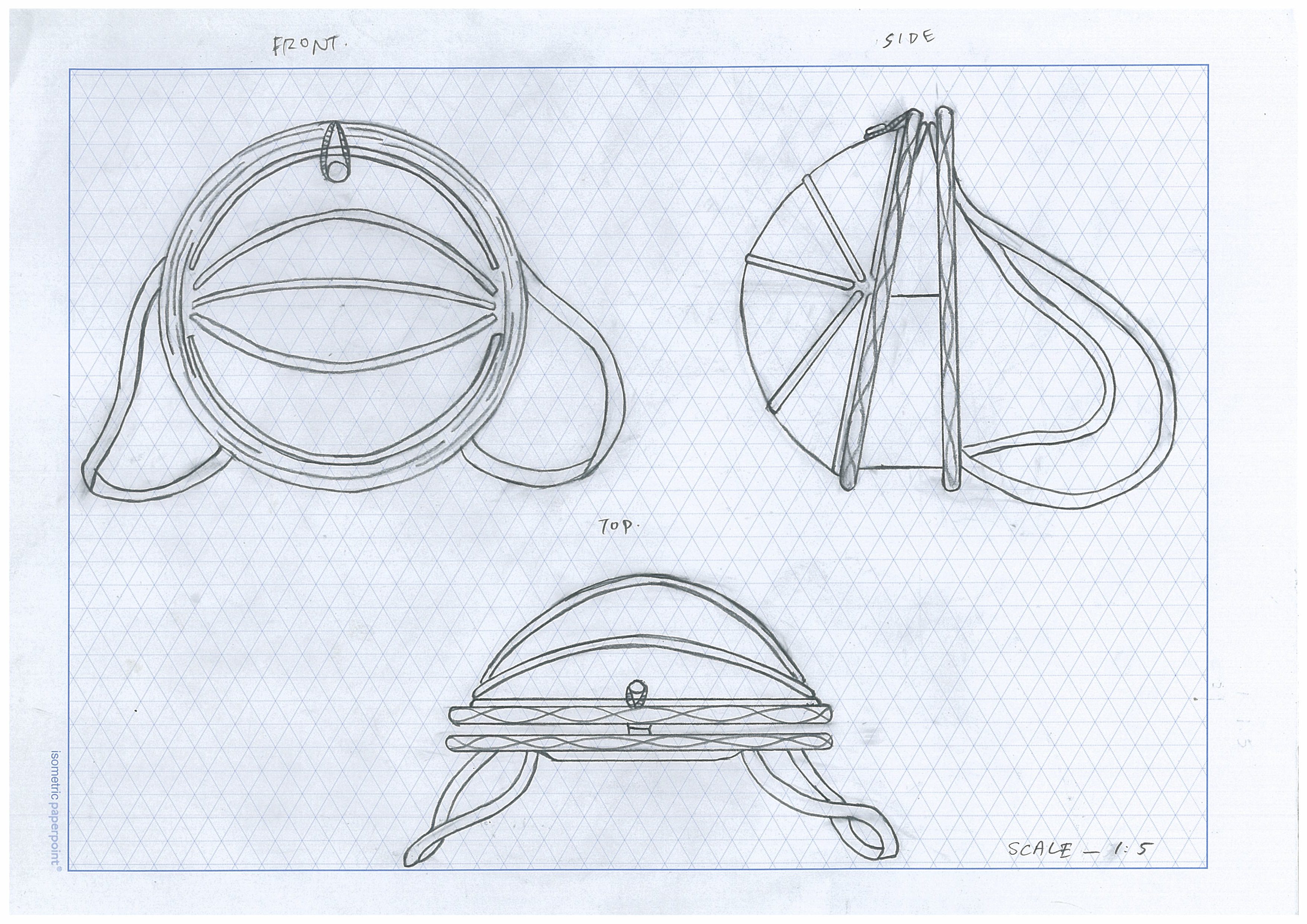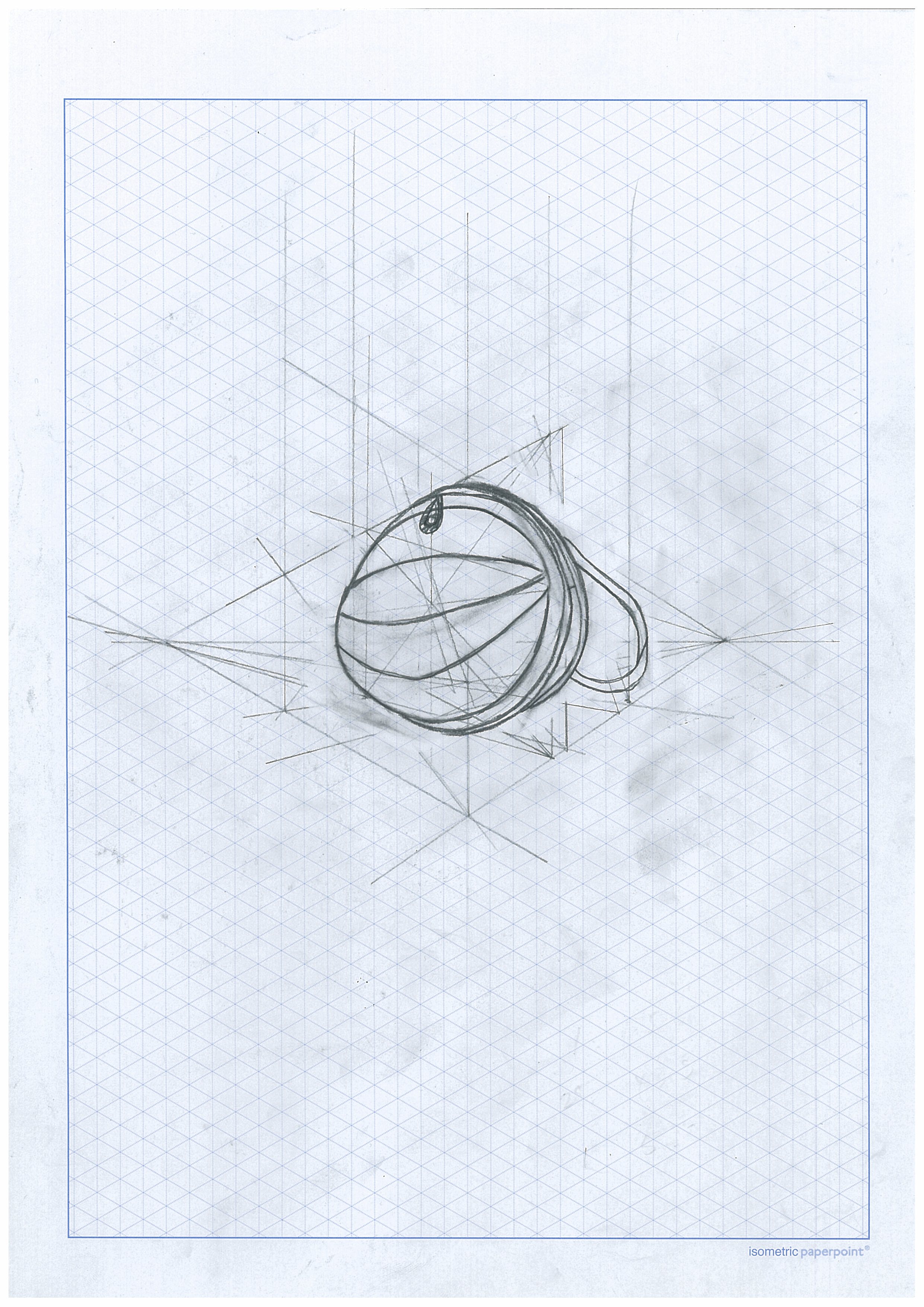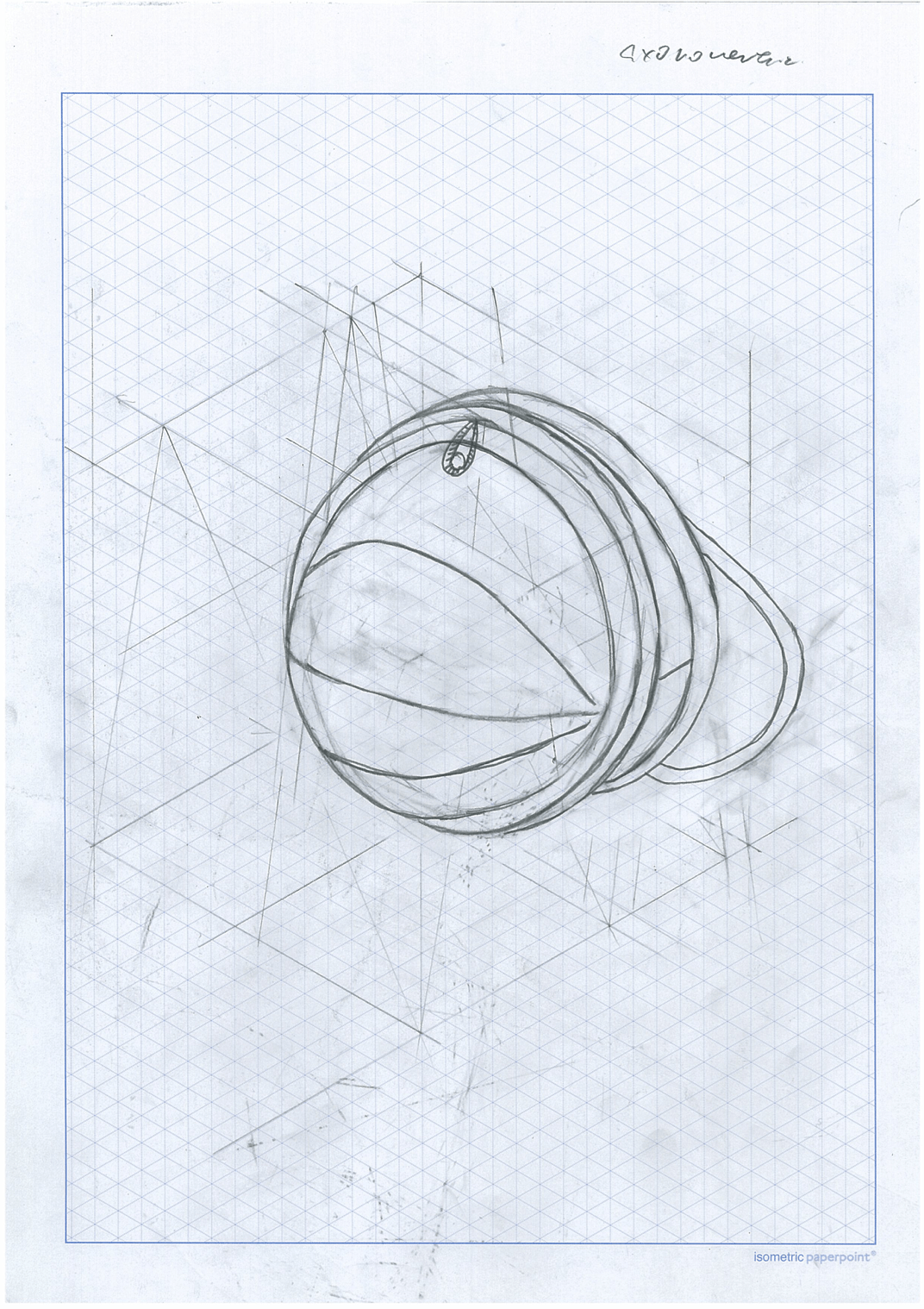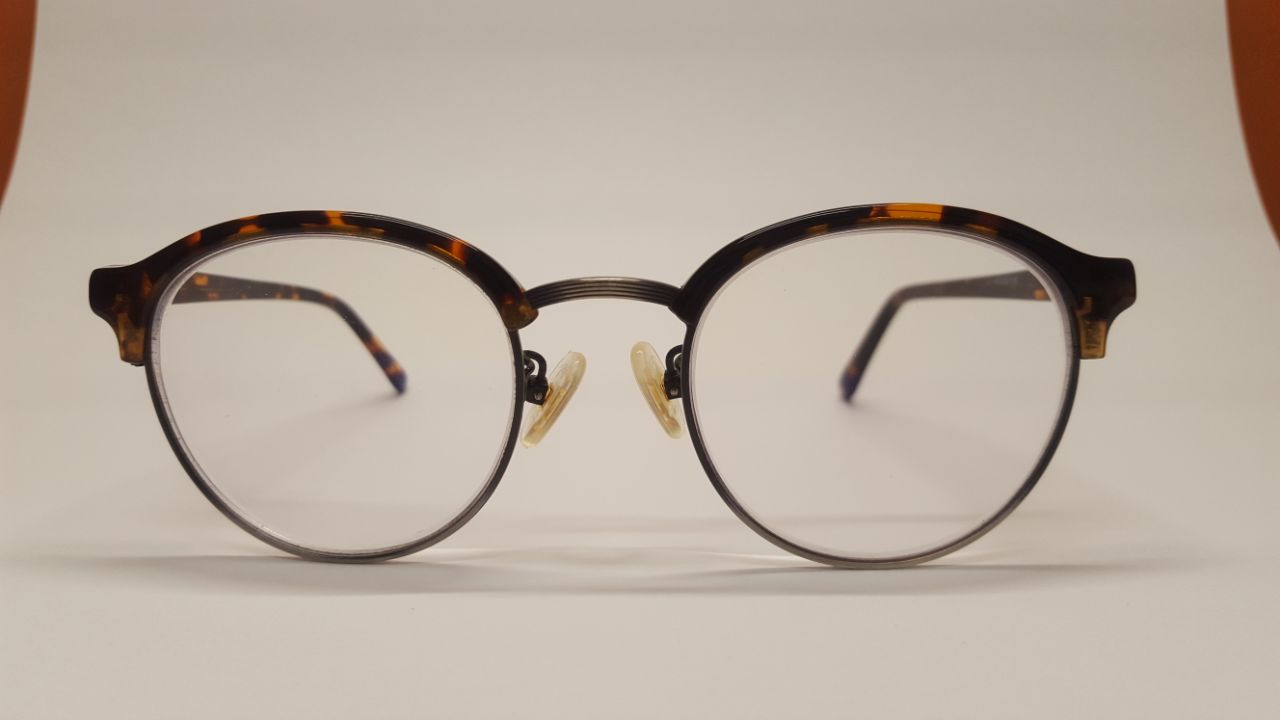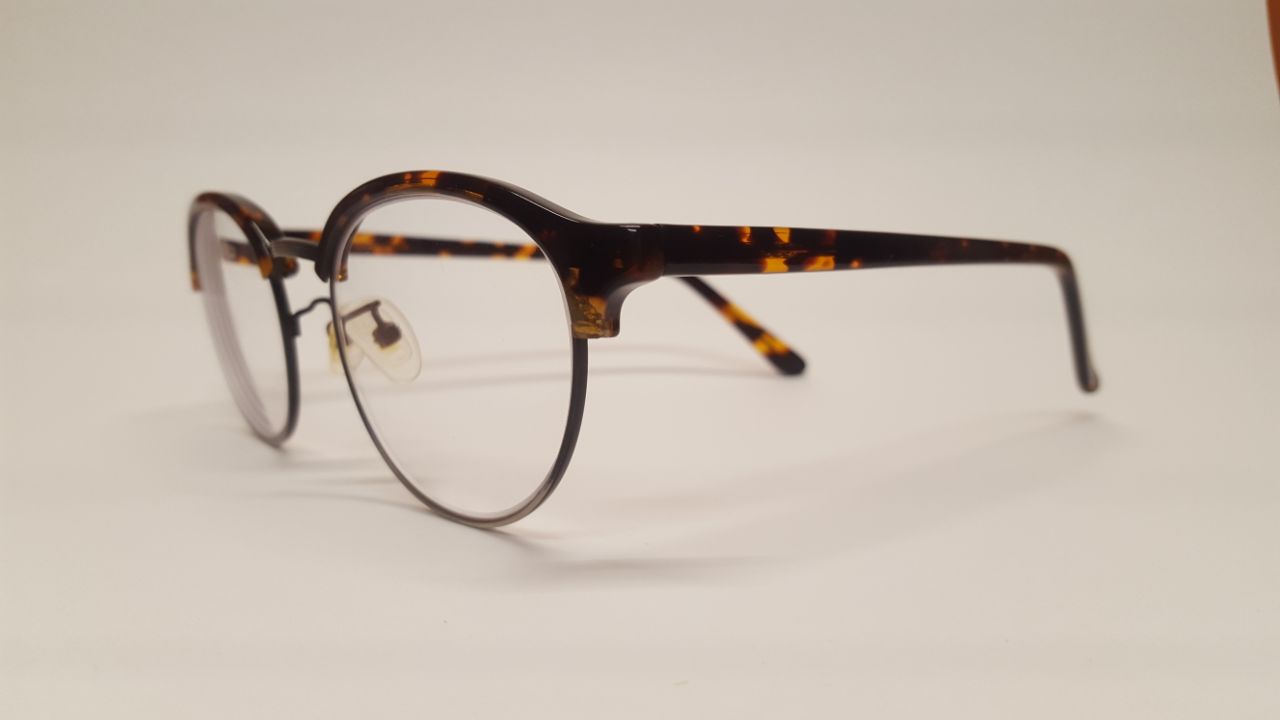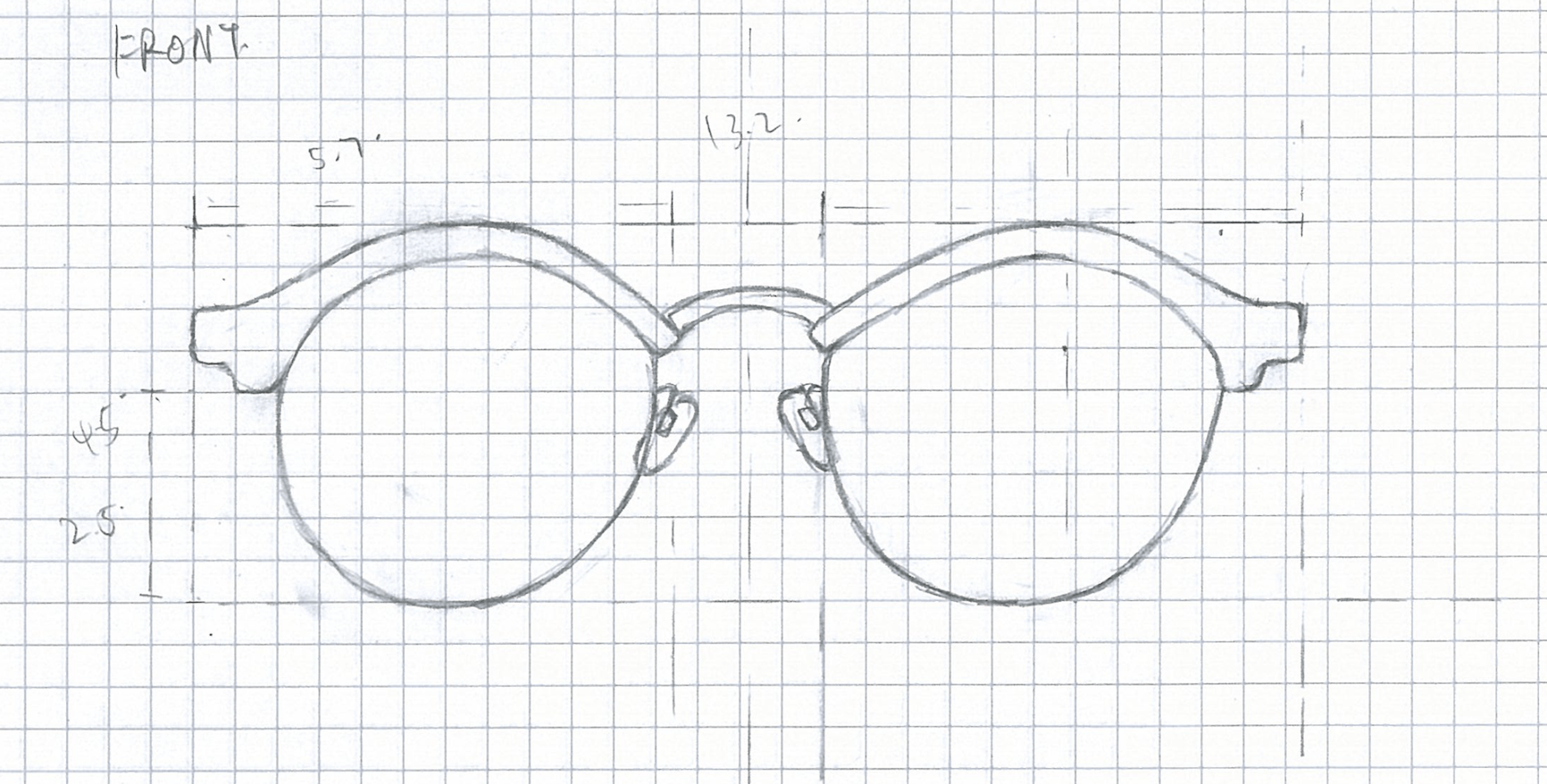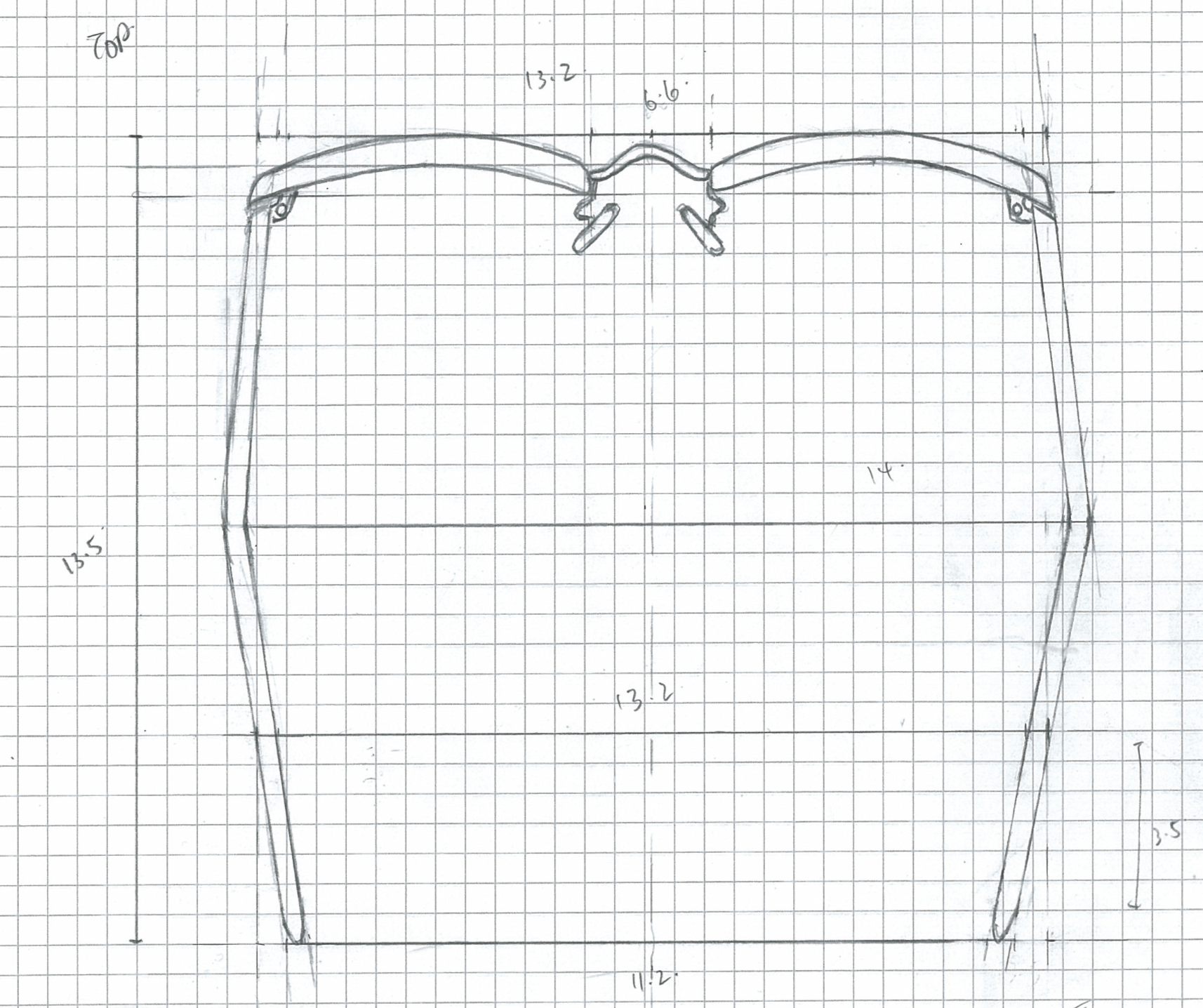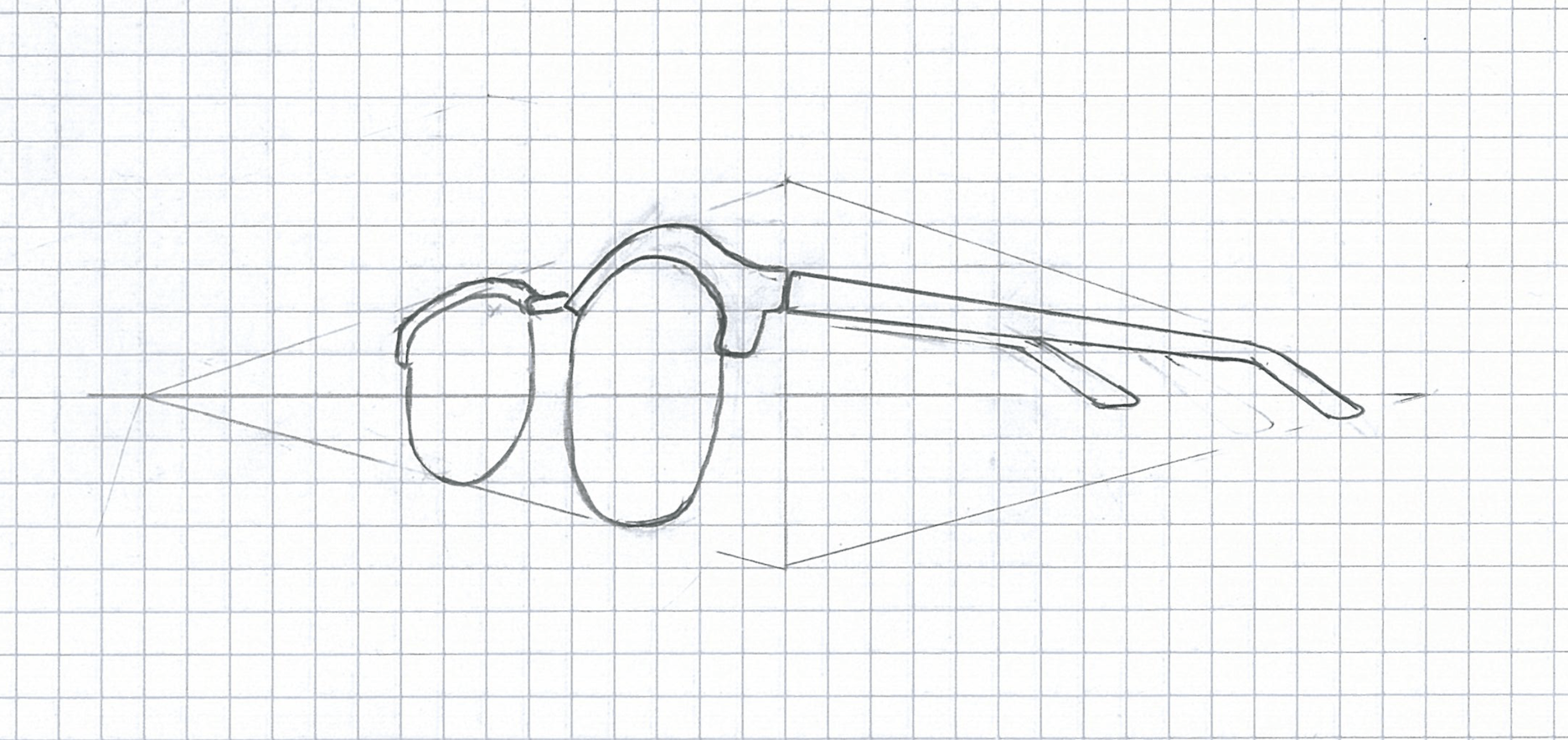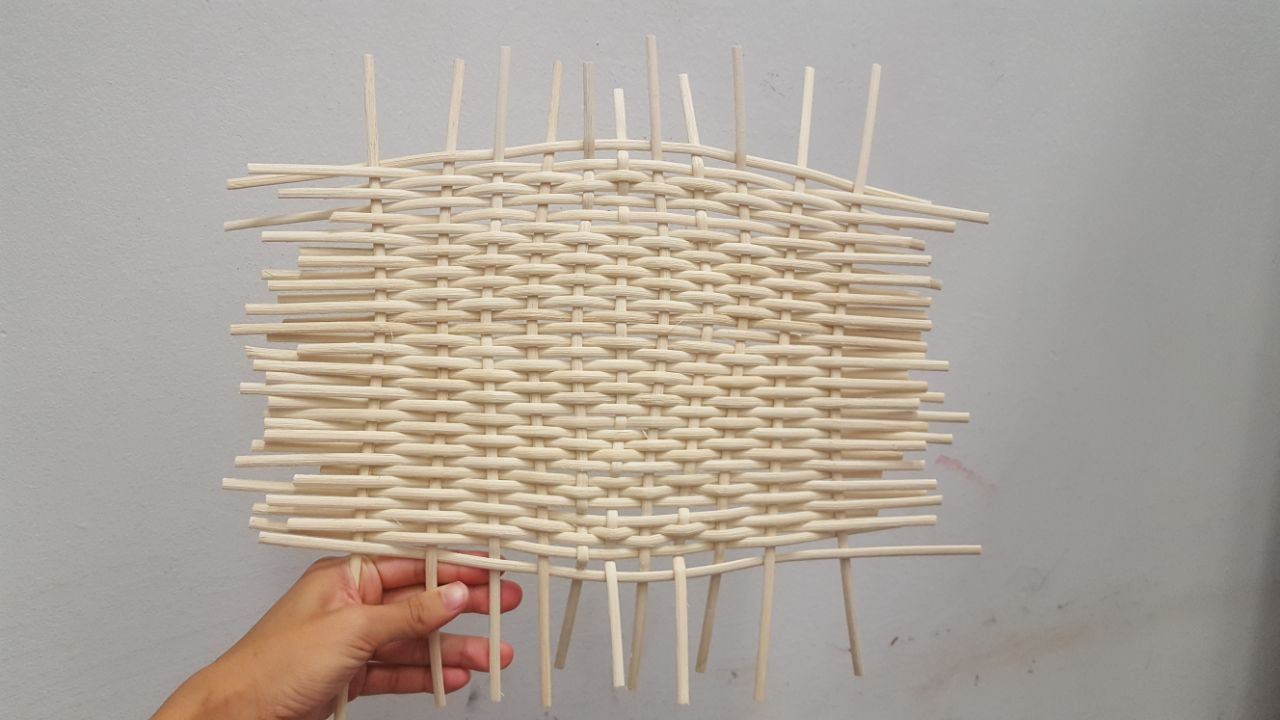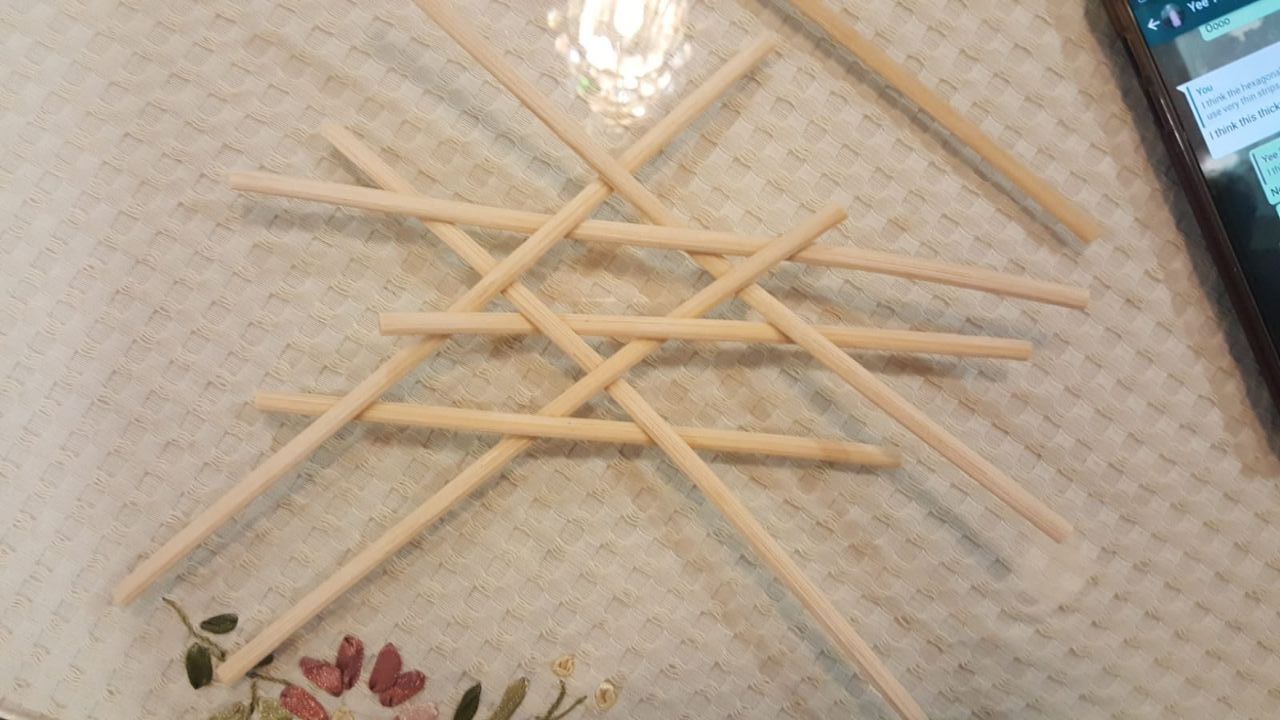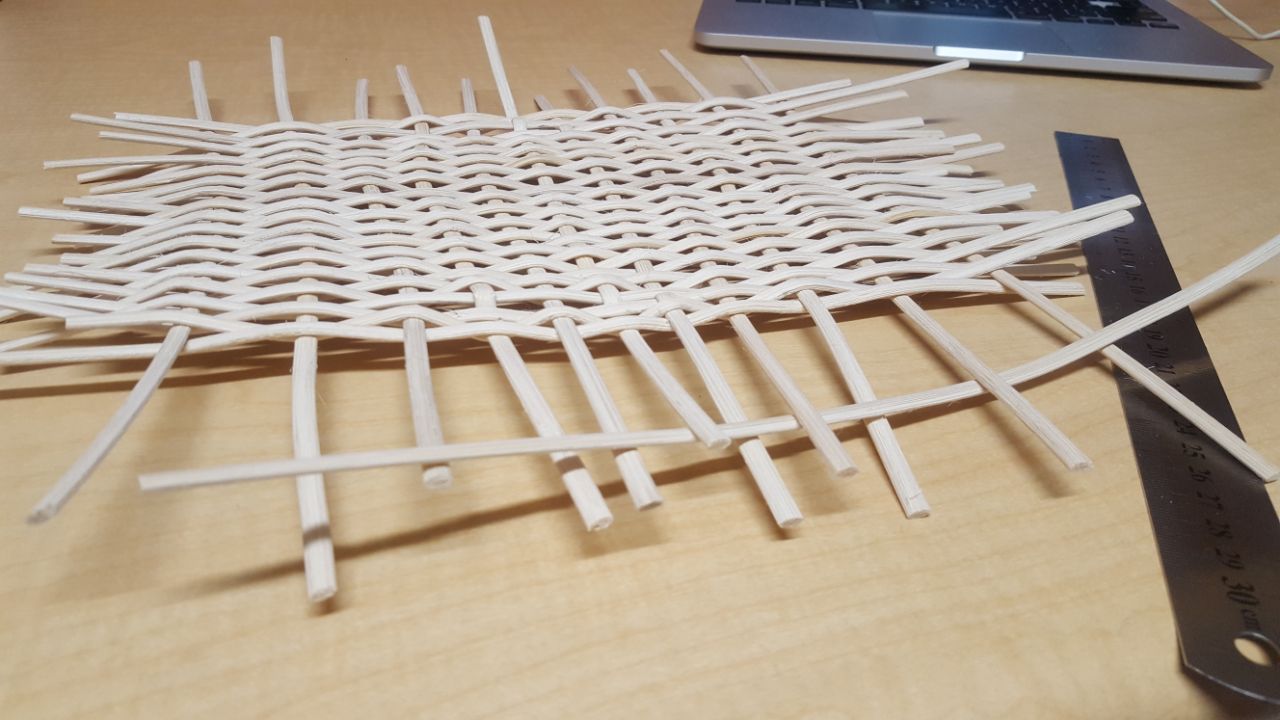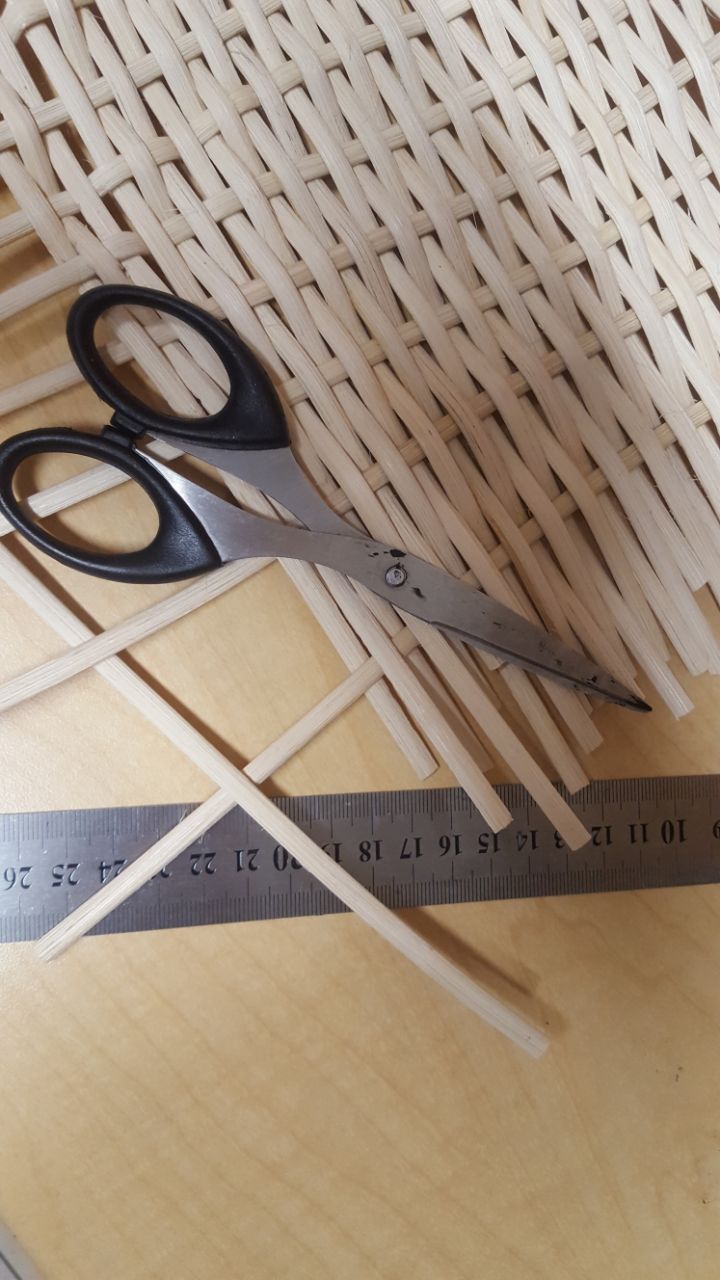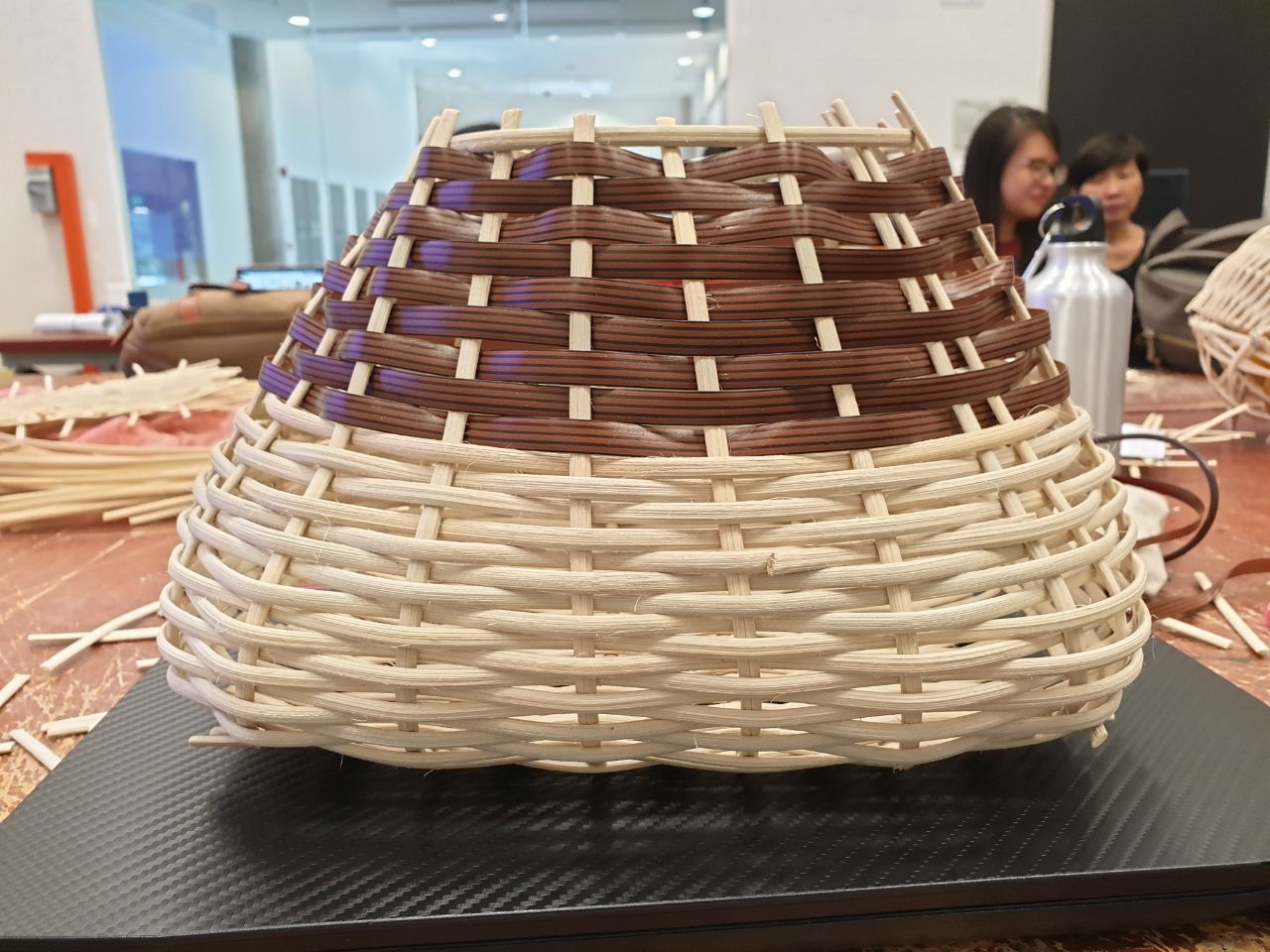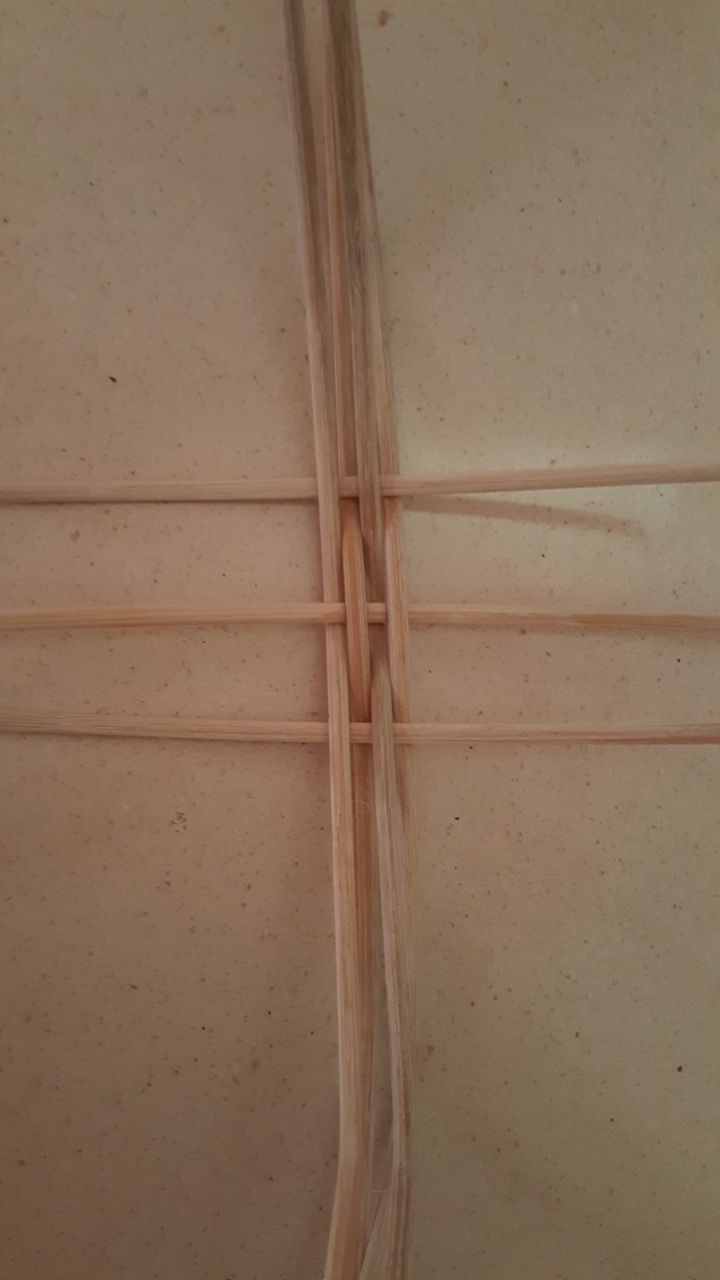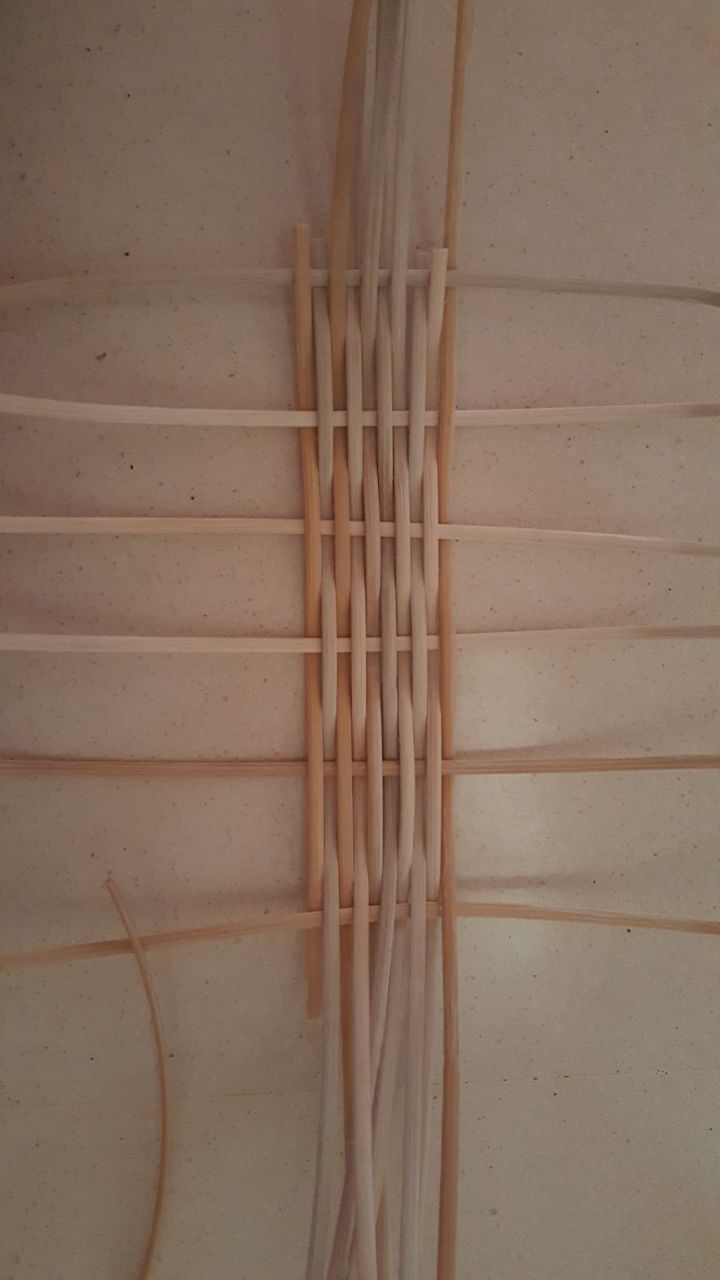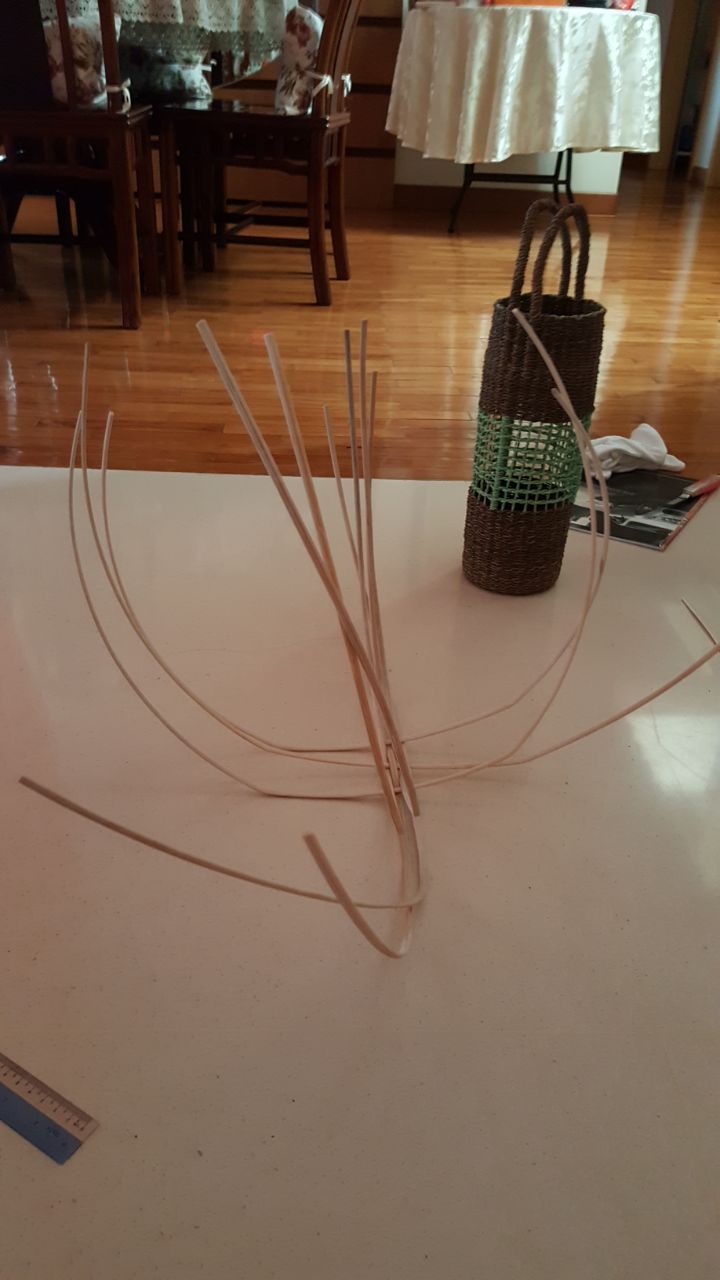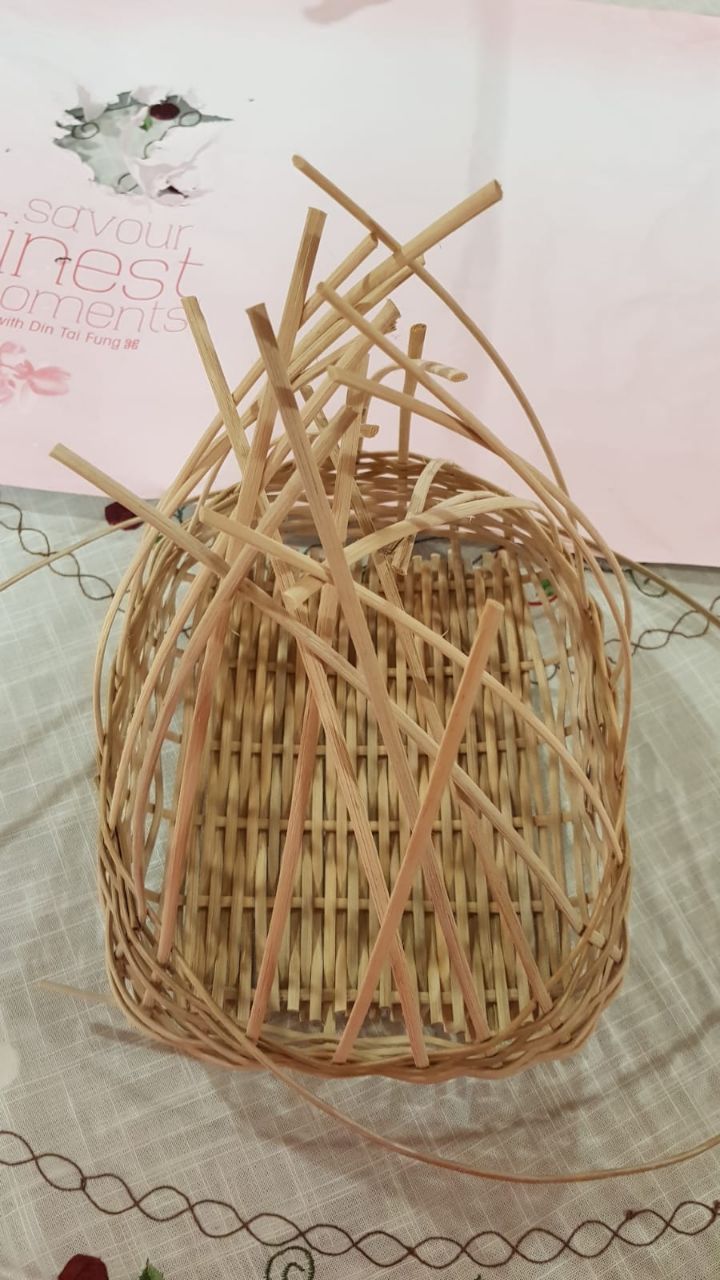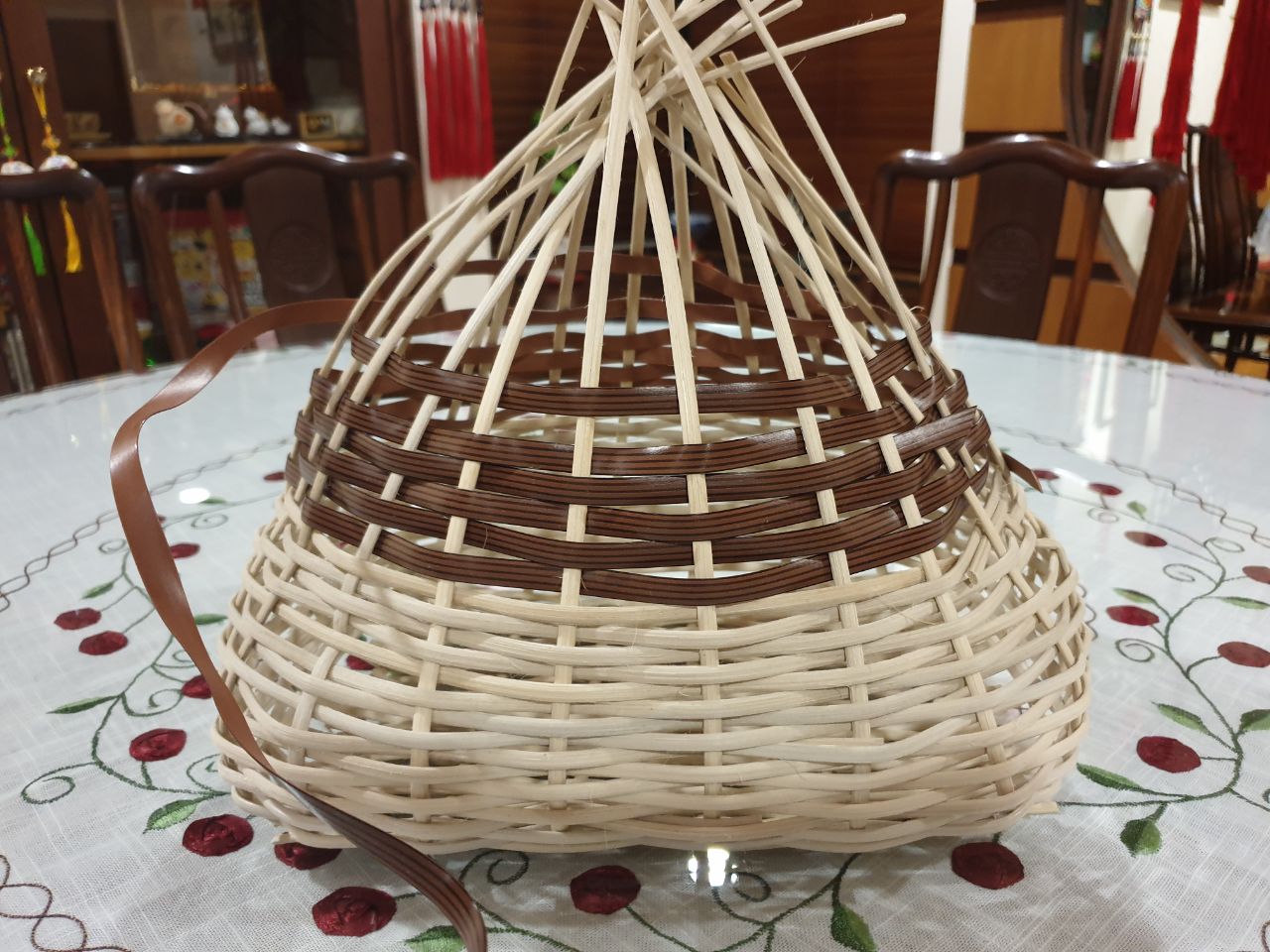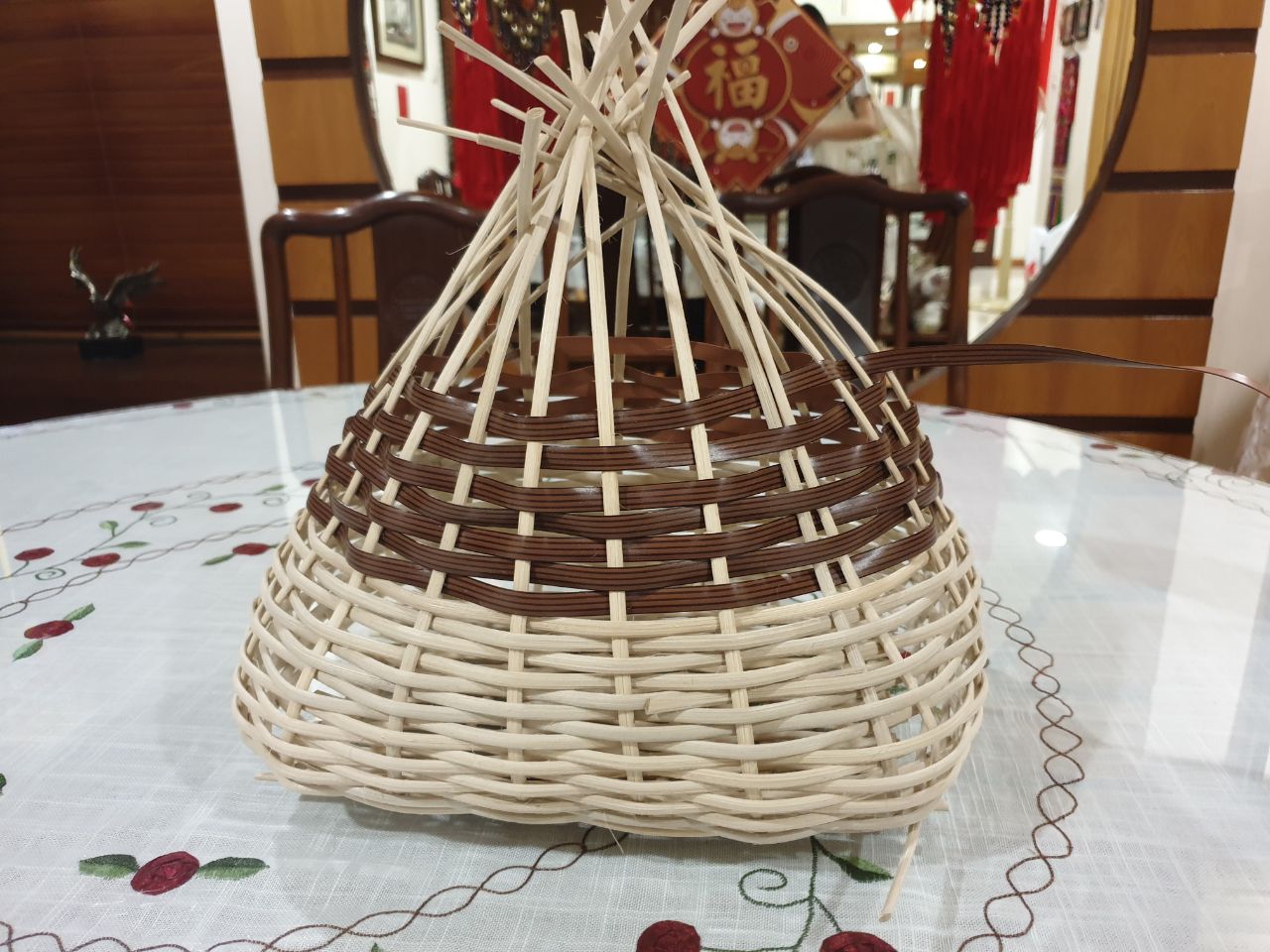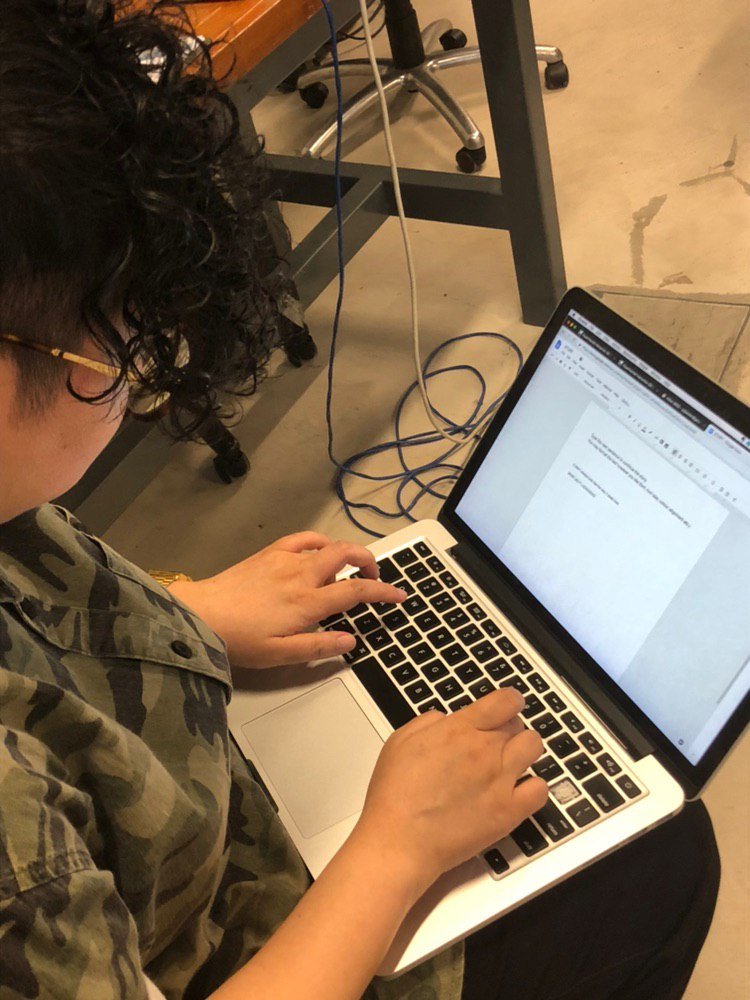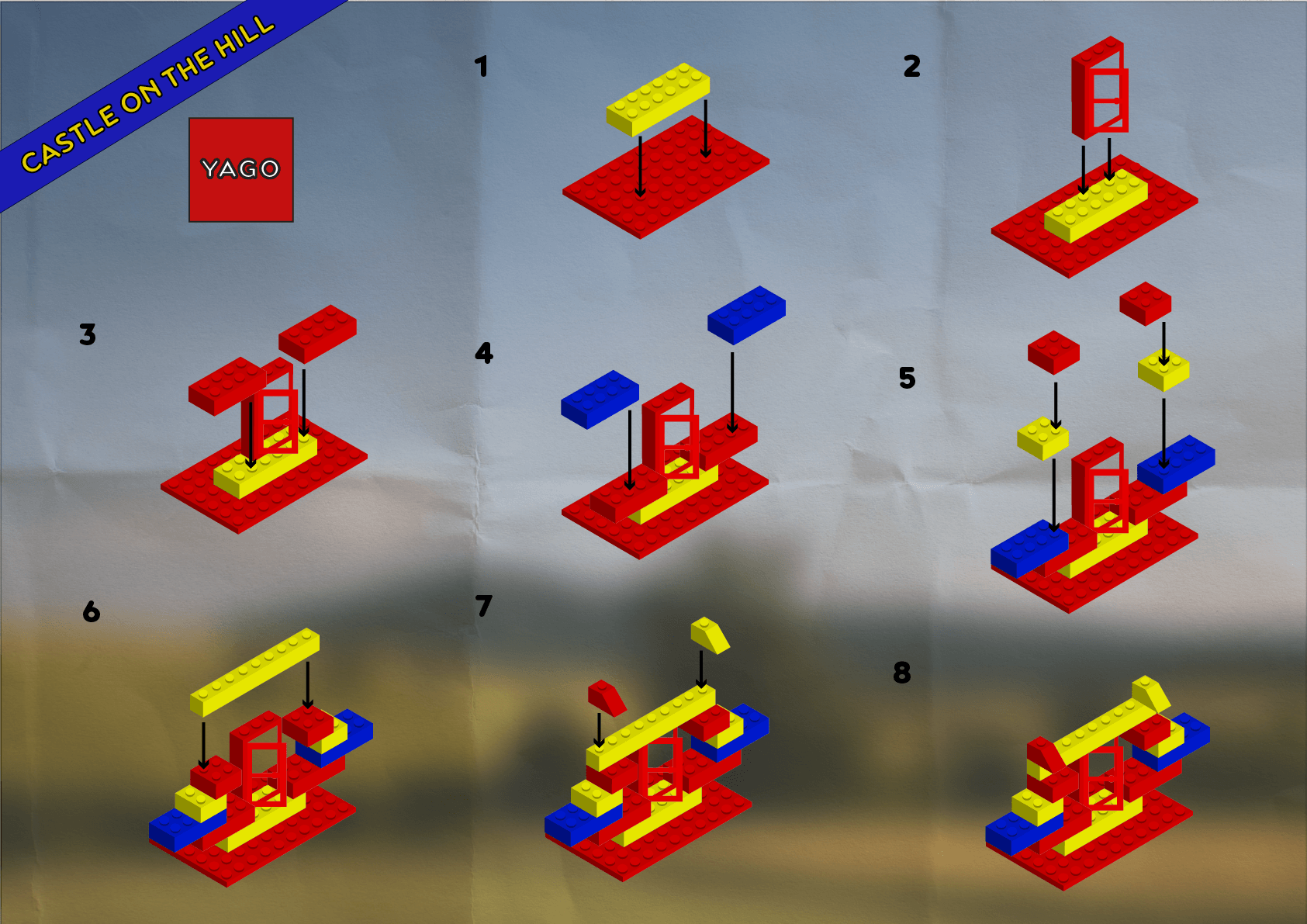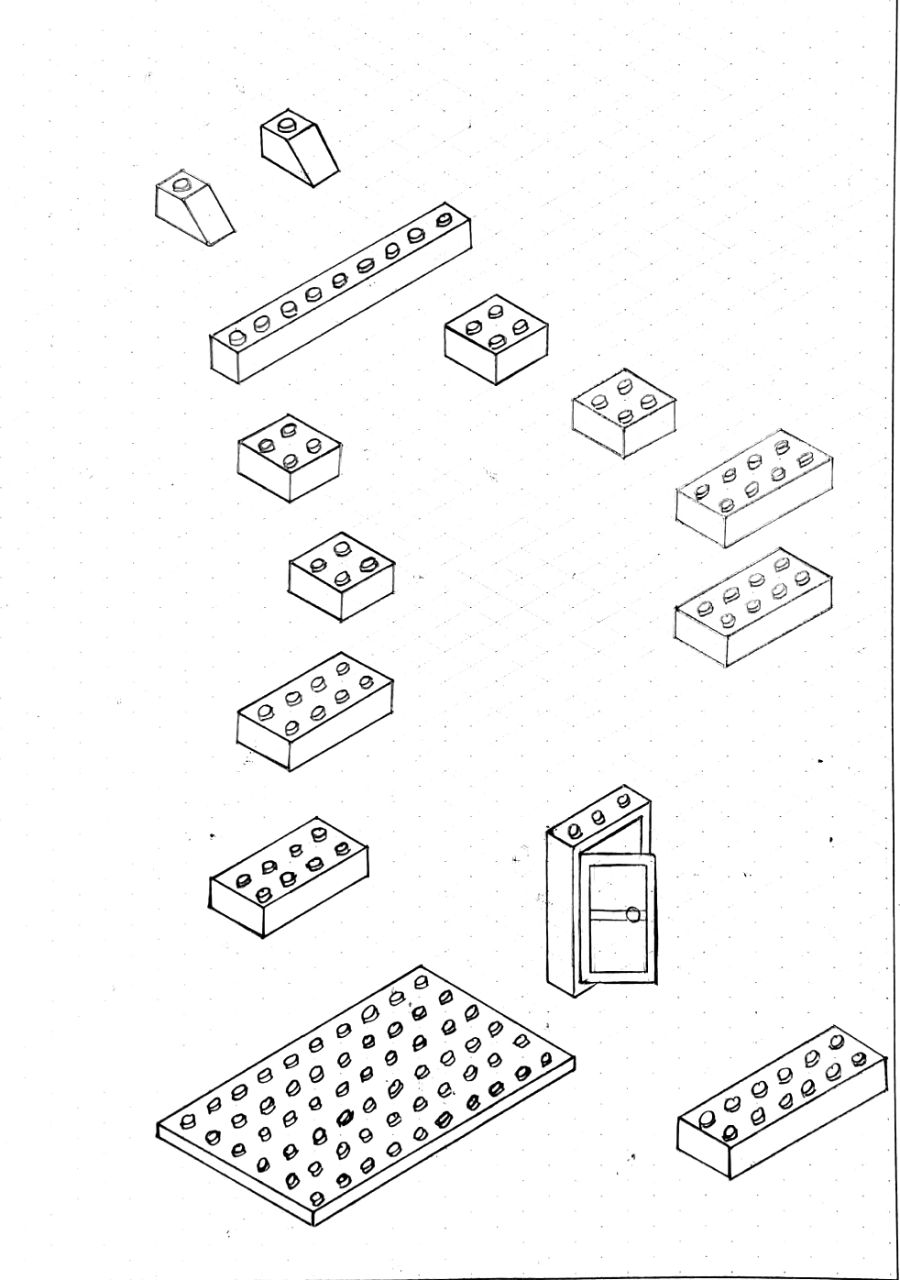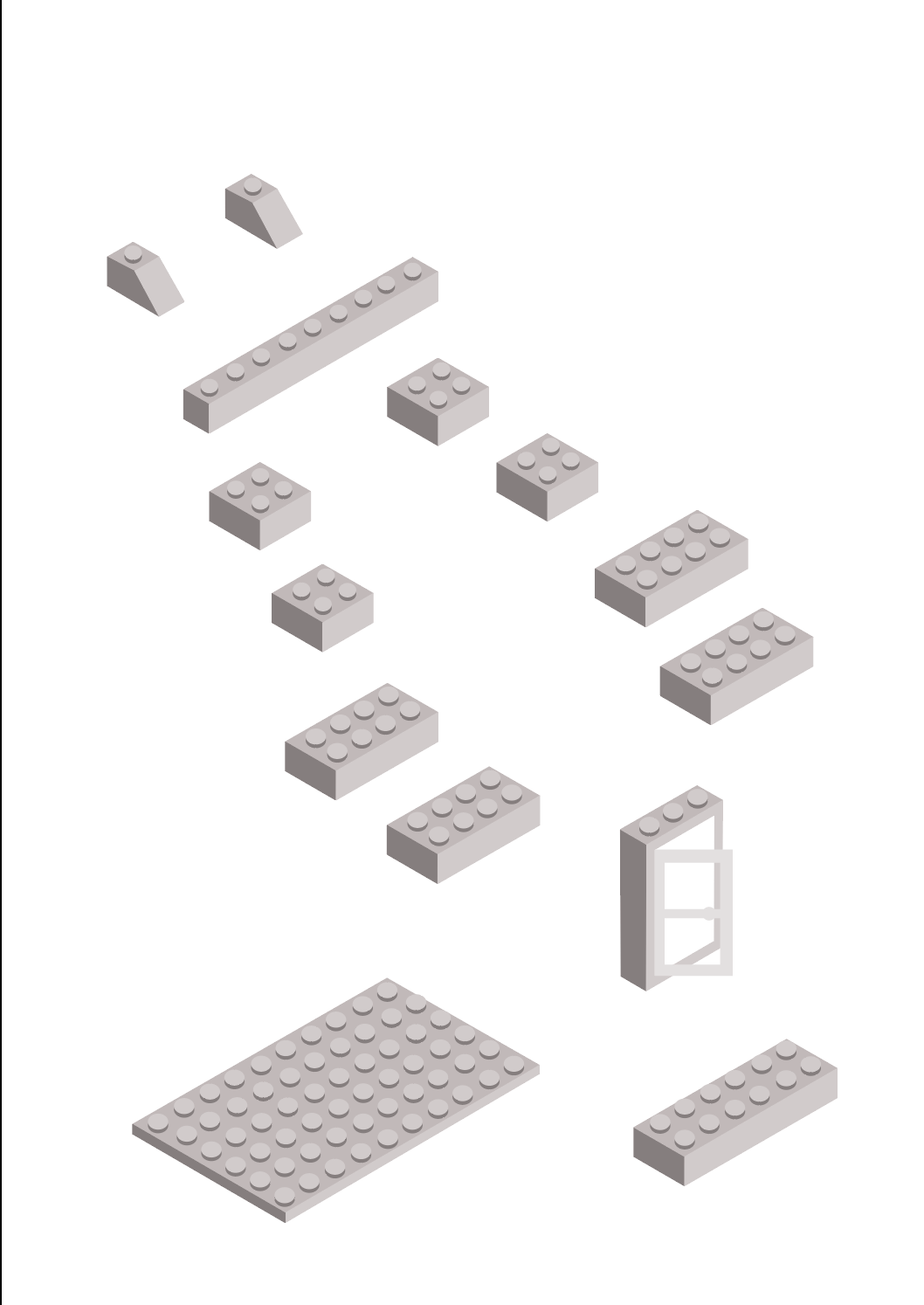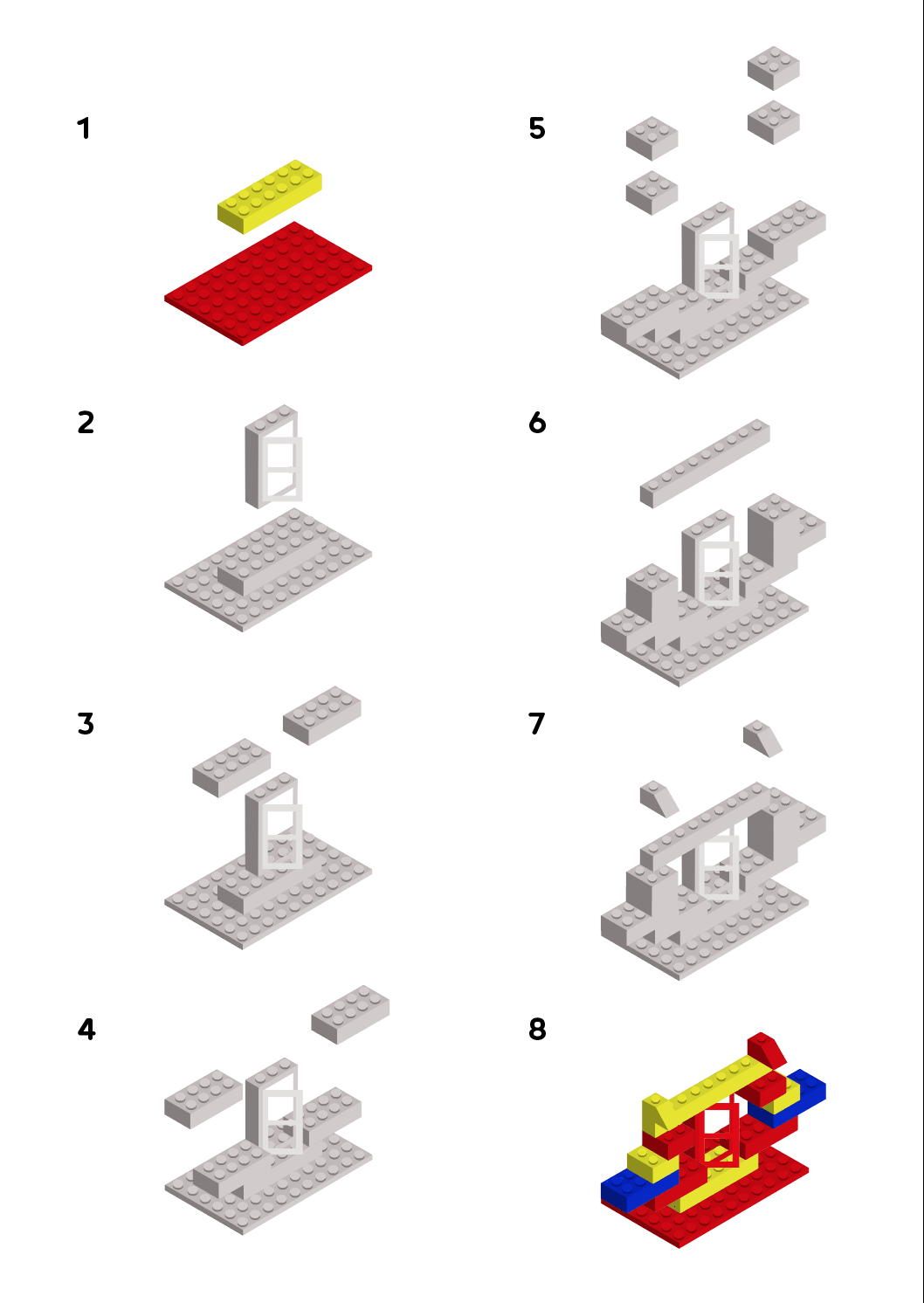Body Storming Notes
Muncheng:
Approach the table,
Then I will take a seat
This is the menu
Supposed to observe setting
Menu beside Mat
Knife, fork
Plate and theres a container
Supposed to open this, it’s a mould
Tearing it, idk what’s inside, a bit confused and scared
“Silence is not consent”
I’m opening it
Not sure how it relates to “silence is consent”
Abit confusing
Don’t understand why there’s a mould or what’s inside
Maybe just cos there’s no sound, can’t just take it and pry it cos nobody tells me not to
What she’s supposed to do is clear but intention of gesture not clear
Jiaeenn:
Commentary on #metoo and consent
Consent being grey
Ball inside supposed to represent a peach
Setup relies on physical things
Peach will be clearer
Ties symbolically to how first dates are where women and predators meet
Act of opening it shows the intent
Refining:
instead of container: can be fine dining cover
Make it harder to lift up, more forceful/magnetic
Comments on the voice feedback:
A little bit on the nose
A repeated phrase like alarm for emphasis, something that’s being triggered
Currently it’s like a throwaway line
Atmosphere environmental sound effects of fine dining
Introduce context (maybe add guy’s voice talking to participant)
If there were a screen of a guy to converse with – abit awkward and participant is meant to be the perpetrator
Maybe add mannequin, no interaction but there’s context
Who is the participant? Victim or perpetrator? Perpetrator
Instead of having container there, can have it served to participant?
1. What did you learn from the process?
JE: Given that our installation circulated around a straightforward and simple gesture, our set up has to rely heavily on physical and visual cues to set the context. Giving more thought to the narrative of the space, such as the visuals, sounds and even smells should be considered so that the setting and premise is clearer to the participant.
YL: I’ve learnt of the importance of contextualization and atmosphere. As a rough sketch, the feel and environment is lacking. This is made clear when participant tested it out and there was a slight sense of awkwardness in the process which is also partly contributed by the confusion of the participant.
2. What surprised you while going through the process?
JE: I placed a small double sided tape at the opening of the circular mould, and used tape to hold the mould together at the bottom. I expected the participant to merely pry the circular mould open like how one would with a durian. However, she tore open the tape (from the bottom) that was meant to act as a hinge for the circular mould. This reminds me that hidden elements will remain ignored while what can be seen acts as visual cues whether intended or not.
Also, the exercise went on longer than we expected as we expected the participant to stop after the auditory cue, “silence is not consent”. However, the participant continued picking at the set up which tells me that I have to think of a more intuitive closure to cue the end of the experience.
YL: The instructions interpreted wrongly by the participant. The object was meant to be pried open, but the participant removed the tapes that serves as hinges to open it instead. I think this brings out the issue of designing the object to be understandable and clear, as well as the need to test it on others as what they interpret may be widely different from our intention.
3. How can you apply what you have discovered to the designing of your installation?
JE:
- To fit the setting of the fine dining restaurant, I will use a food cover and plate to replace the circular mould.

The rationale behind the circular mould is that the act of splitting the mould is similar to the act of separating a pair of legs, with the intent to access the private area. However, the symbolism behind struggling to open the mould stays the same as struggling to lift up the cover from the plate; they both underline the perpetrator’s intent and initiative.
- To have the auditory recording, “silence is not consent” on loop, is too blatant and thus, making the interaction that much tasteless and tactless. I guess when it comes to interactive experiences like this, less is more, subtlety is key. This is so as the participant should be able to journey through the experience, contemplate and reflect before arriving at a conclusion. Thus to have the phrase, “silence is not consent” so blatantly announced, it takes the epiphany away from the participant. I use a change in environment to deliver the message by stopping the ambient visual and auditory setting of the restaurant and screen the phrase instead. This is also a more dramatic ending as the participant is left with nothing but a cross section of a peach and the phrase straring back at him/her, amidst the silence..
YL: The way we present our object in its environment is as important as the object itself. Our installation relies more on visual elements and context to bring out the appropriate emotion we want our participants to go through. As such, we may include elements of unsettledness for the participants such as a change in atmosphere, example from lively restaurant to a silent one with the use of background sound.
